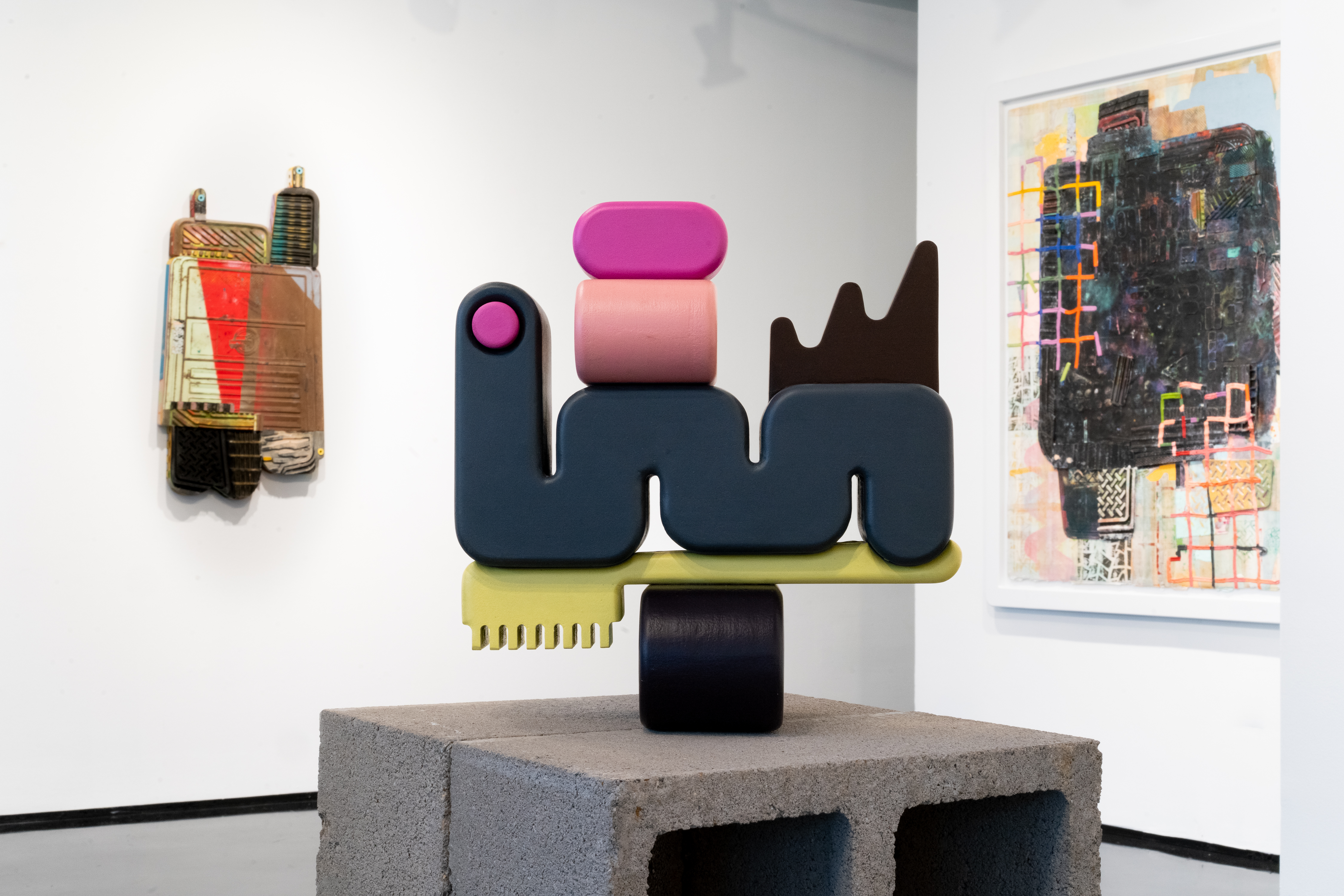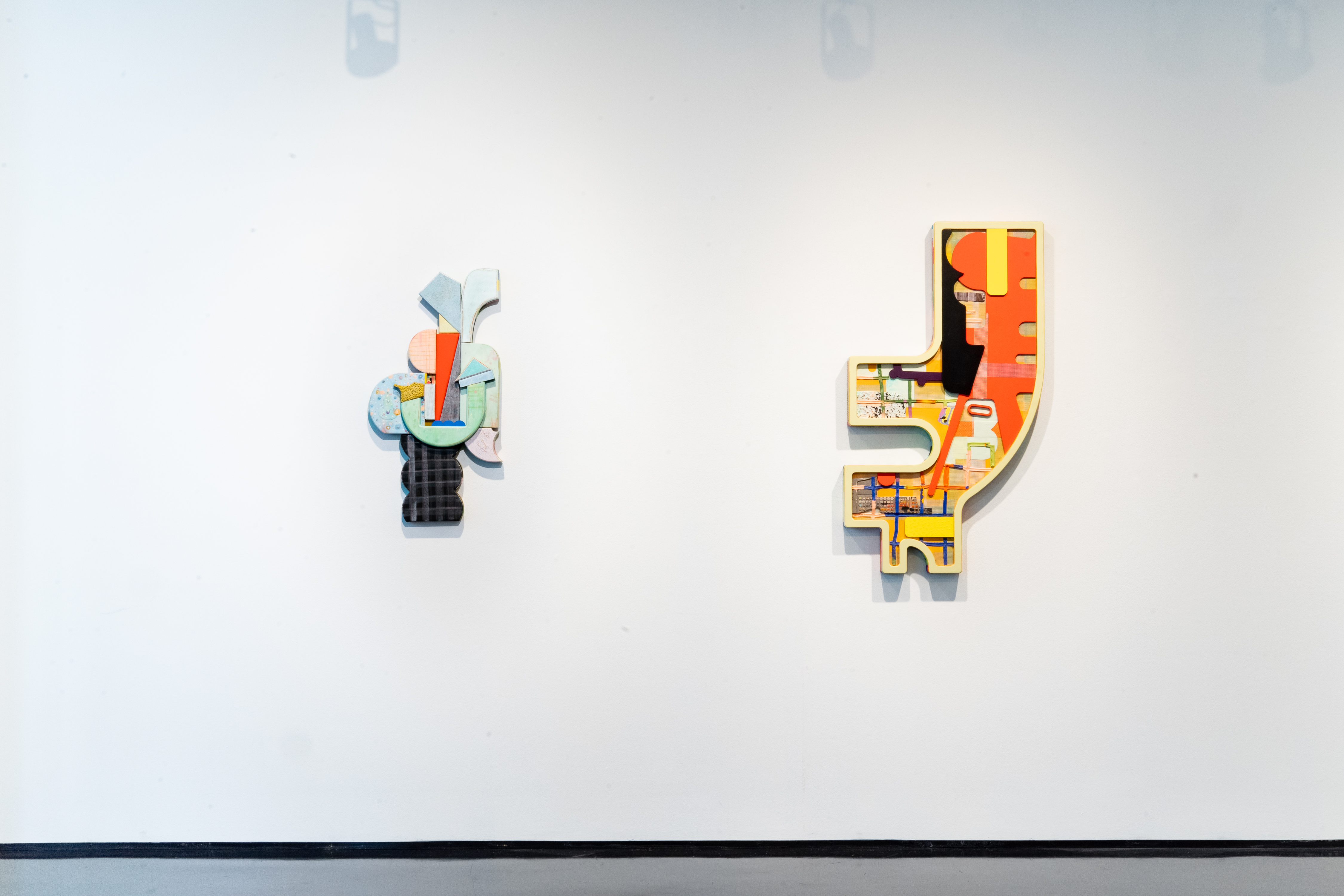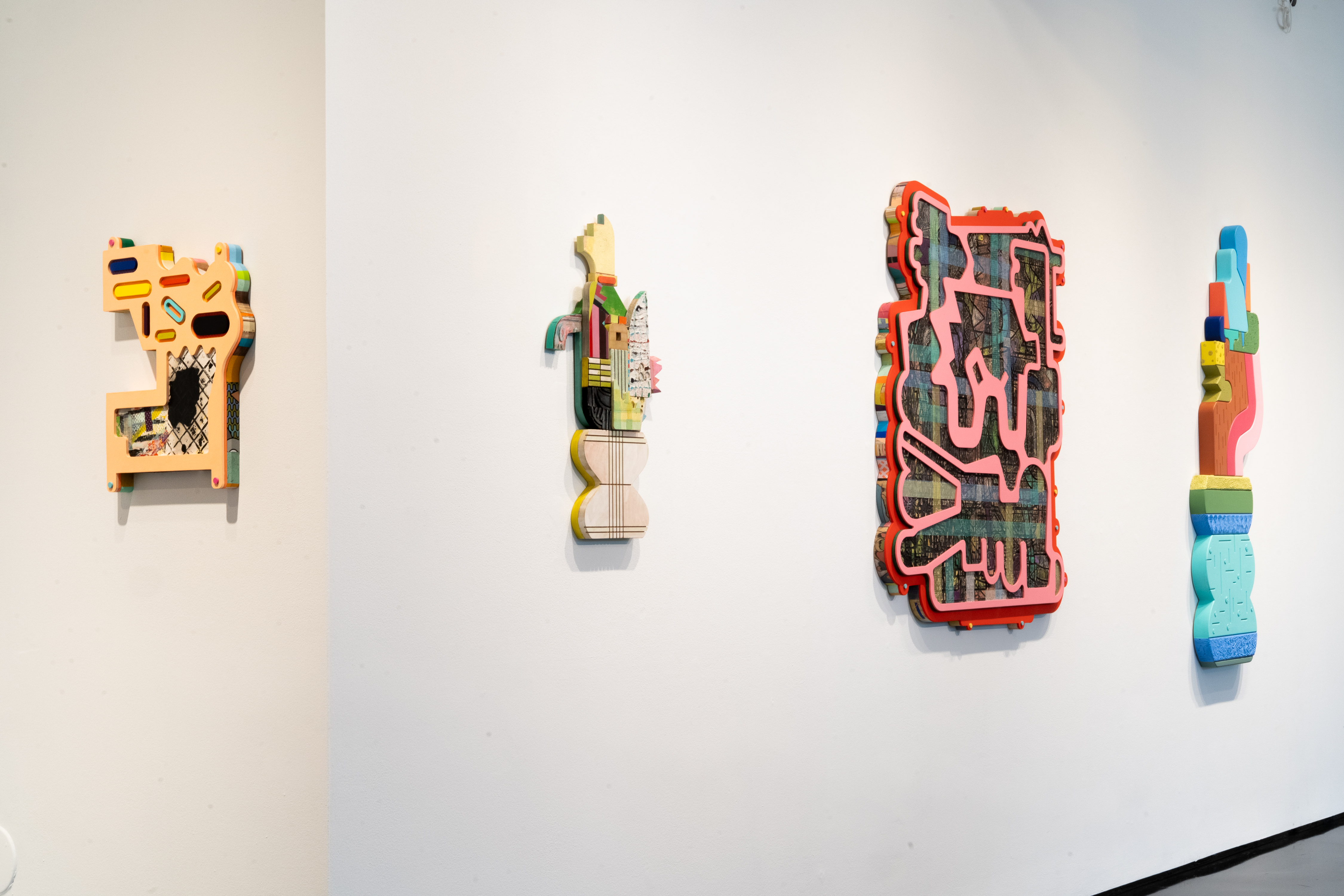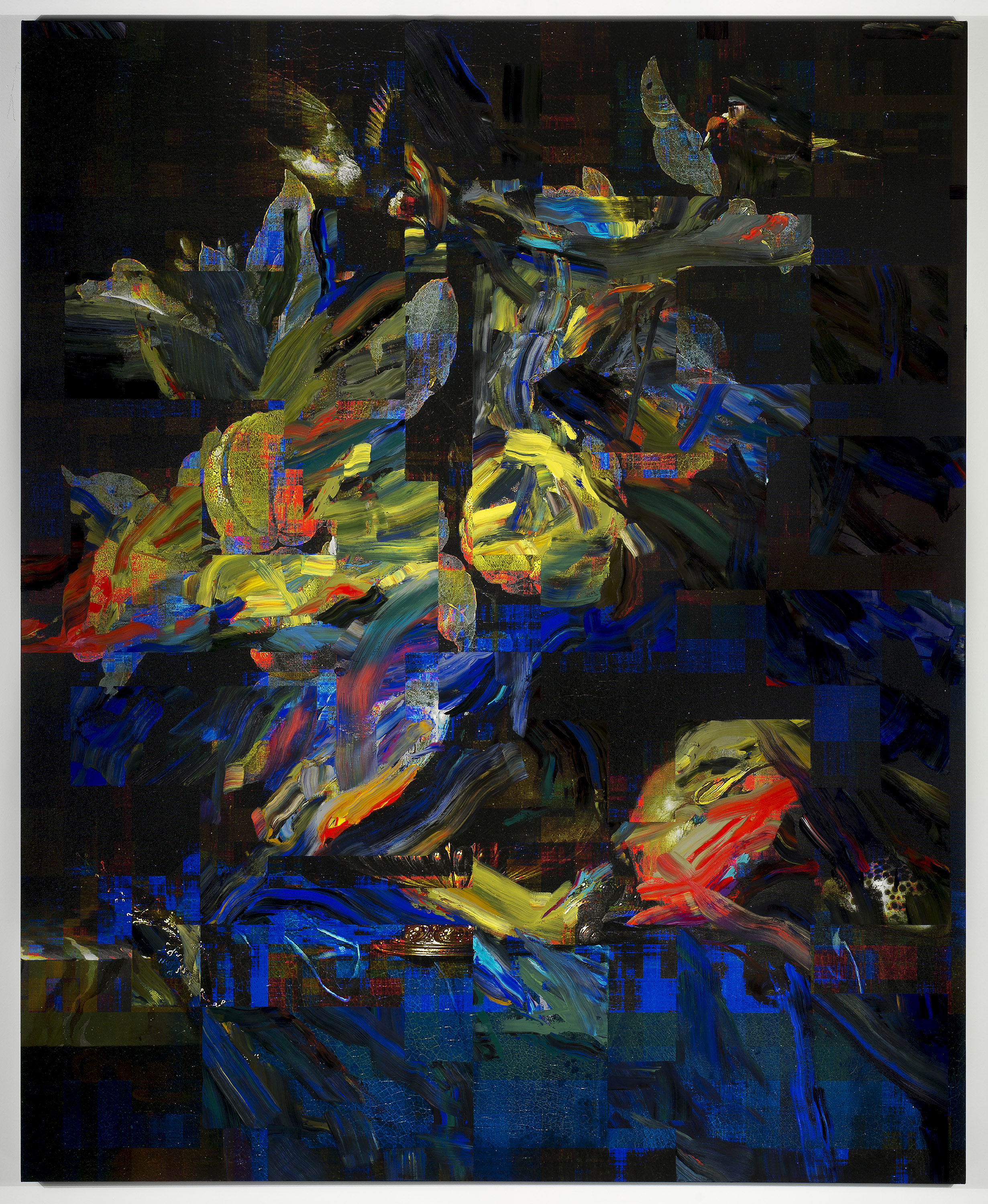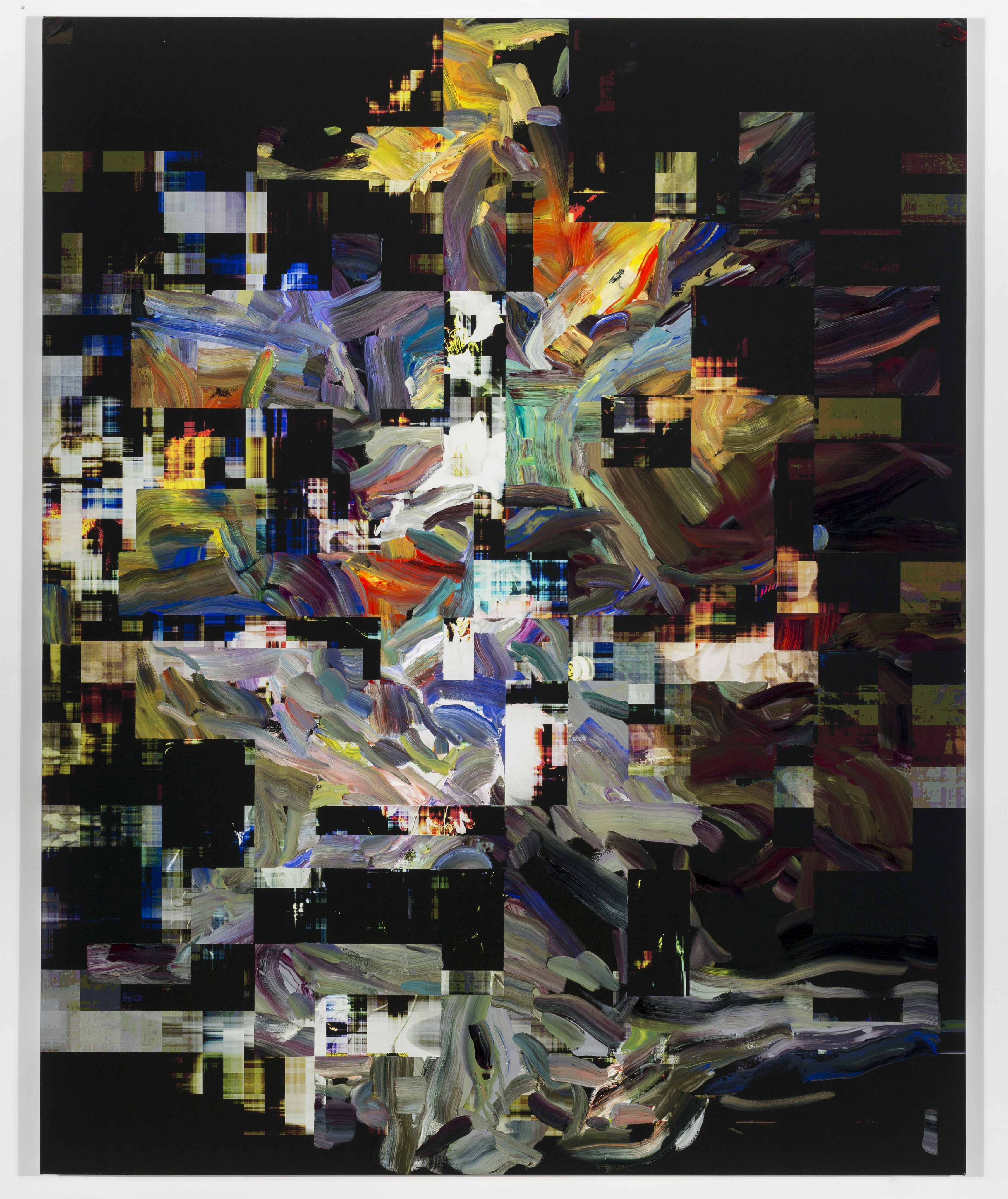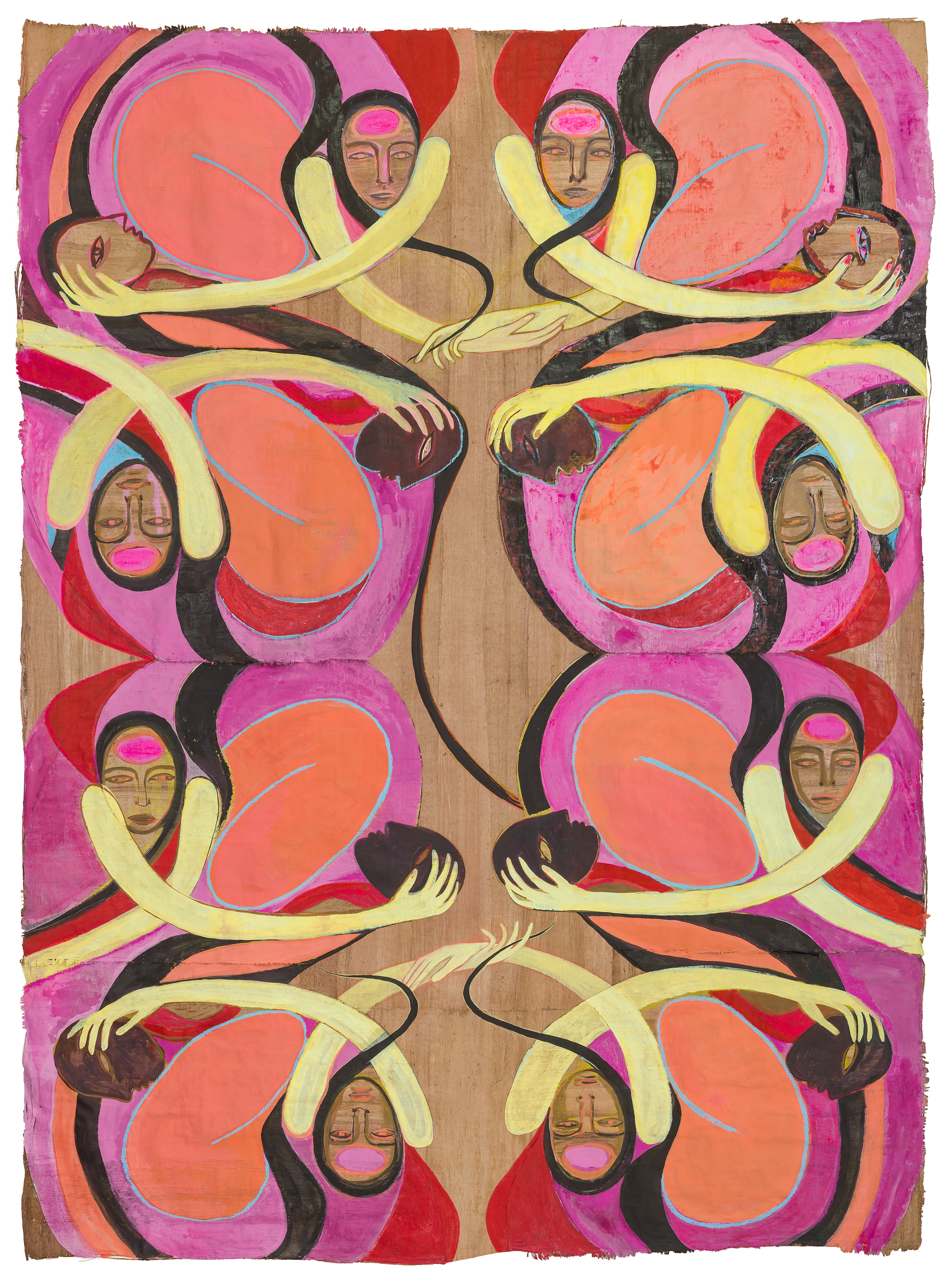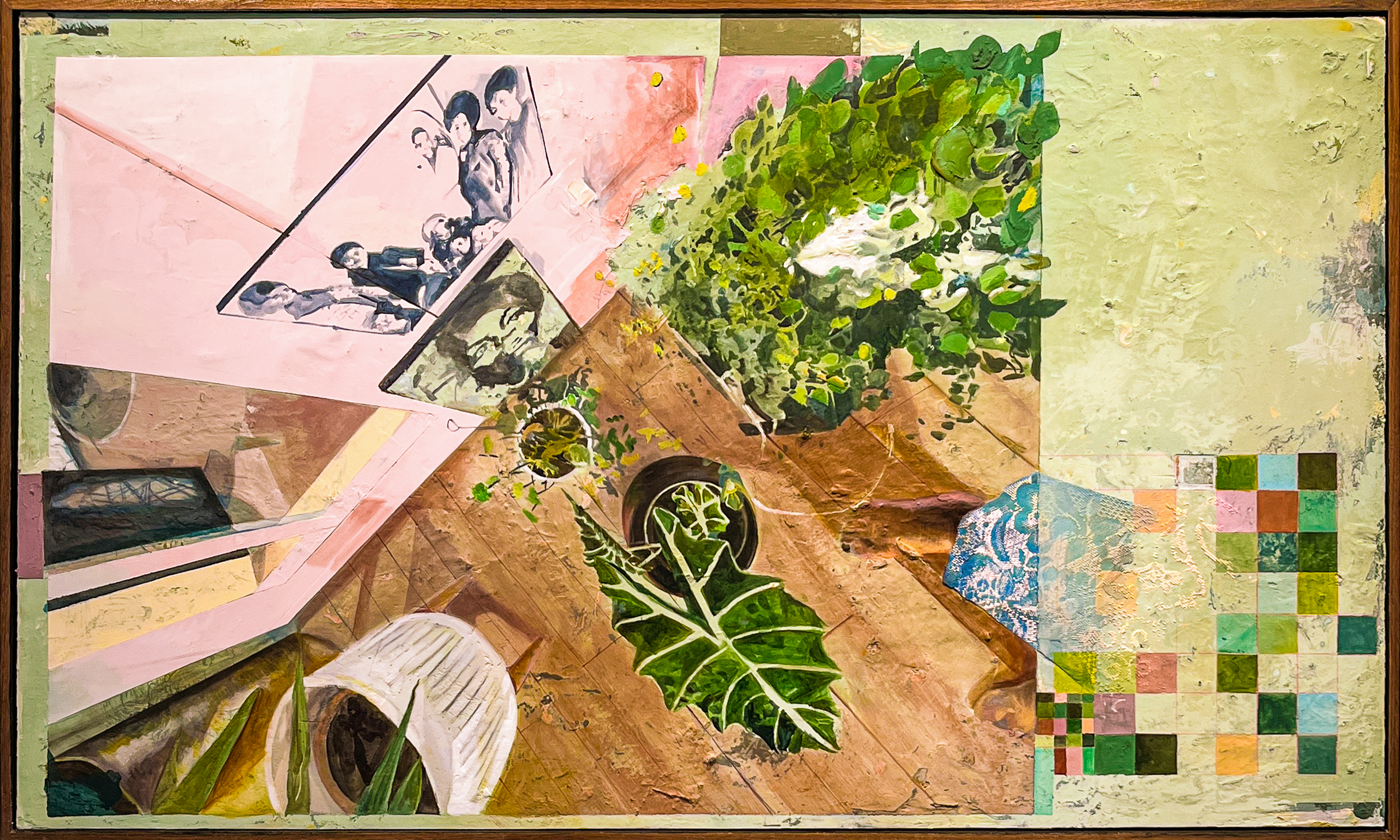
TINNEY celebrates its twentieth year by showcasing an expansive group exhibition, kicking off its 2026 program. The exhibition will be on display from January 10 through February 14, 2026. The opening reception will be on Saturday, January 10, from 2 to 9 PM in conjunction with the Downtown Arts District’s Second Saturday Art Crawl. There will be a public closing reception on February 14, 2026.
TINNEY/20 features the works of over 50 painters, sculptors, and photographers living and working in Tennessee who have exhibited works with the gallery, in its various incarnations, over the past two decades. The exhibition will be a moment to reflect on the gallery’s enduring legacy as a reliable institution whose voice has helped define the vibrant visual arts community in Nashville.
TINNEY has occupied its current space since 2006, when Susan Tinney sought a permanent location for her habitual pop-up exhibitions, which had hitherto taken place in her living room and in friends' homes. Since then, an engaged coterie of makers, collectors enthusiasts have propagated in and around the gallery. This “recollection” is a celebration of the joys of making and sharing work, of survival, and of what we continue to cultivate together.
︎︎︎ View comprehensive exhibition list
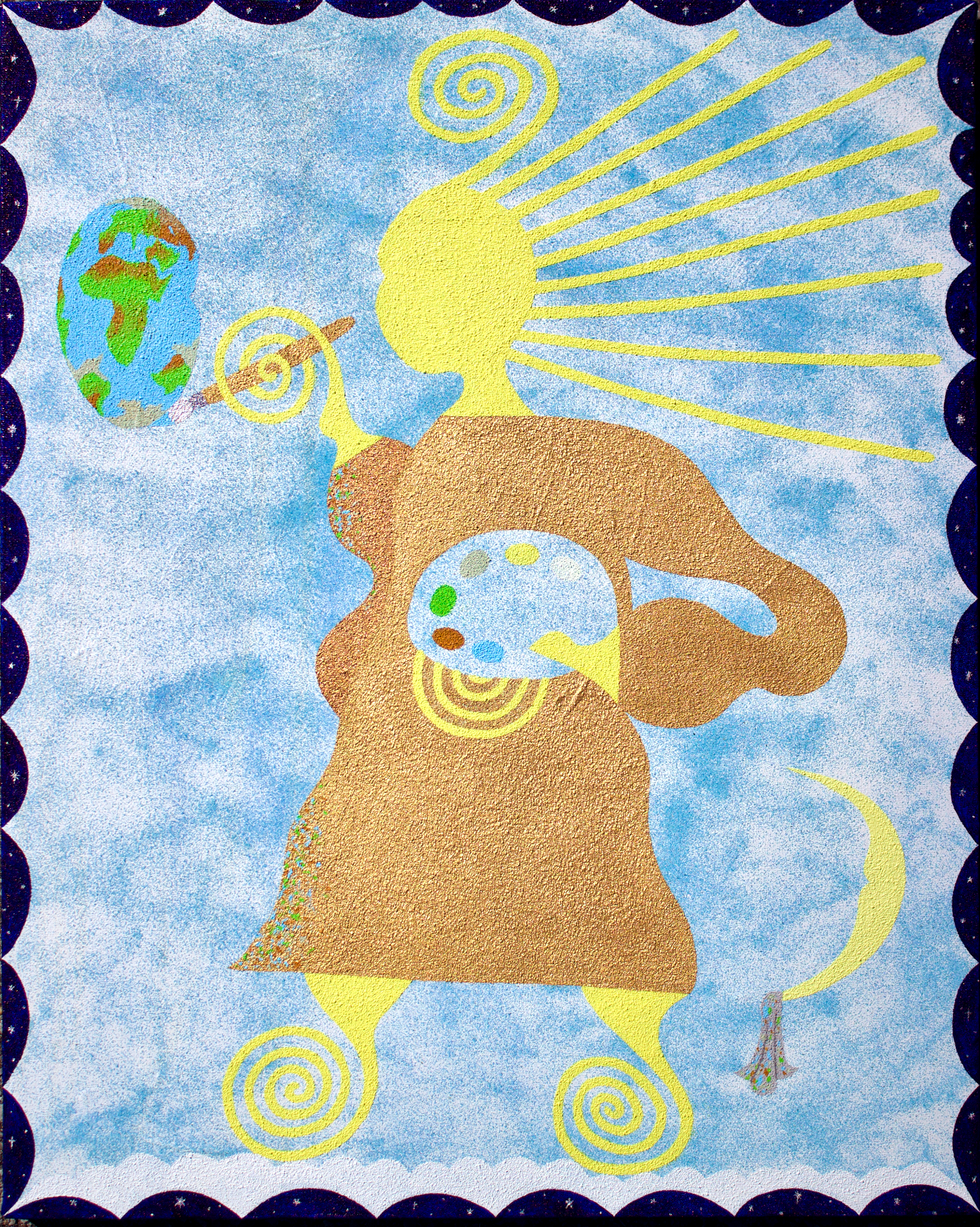
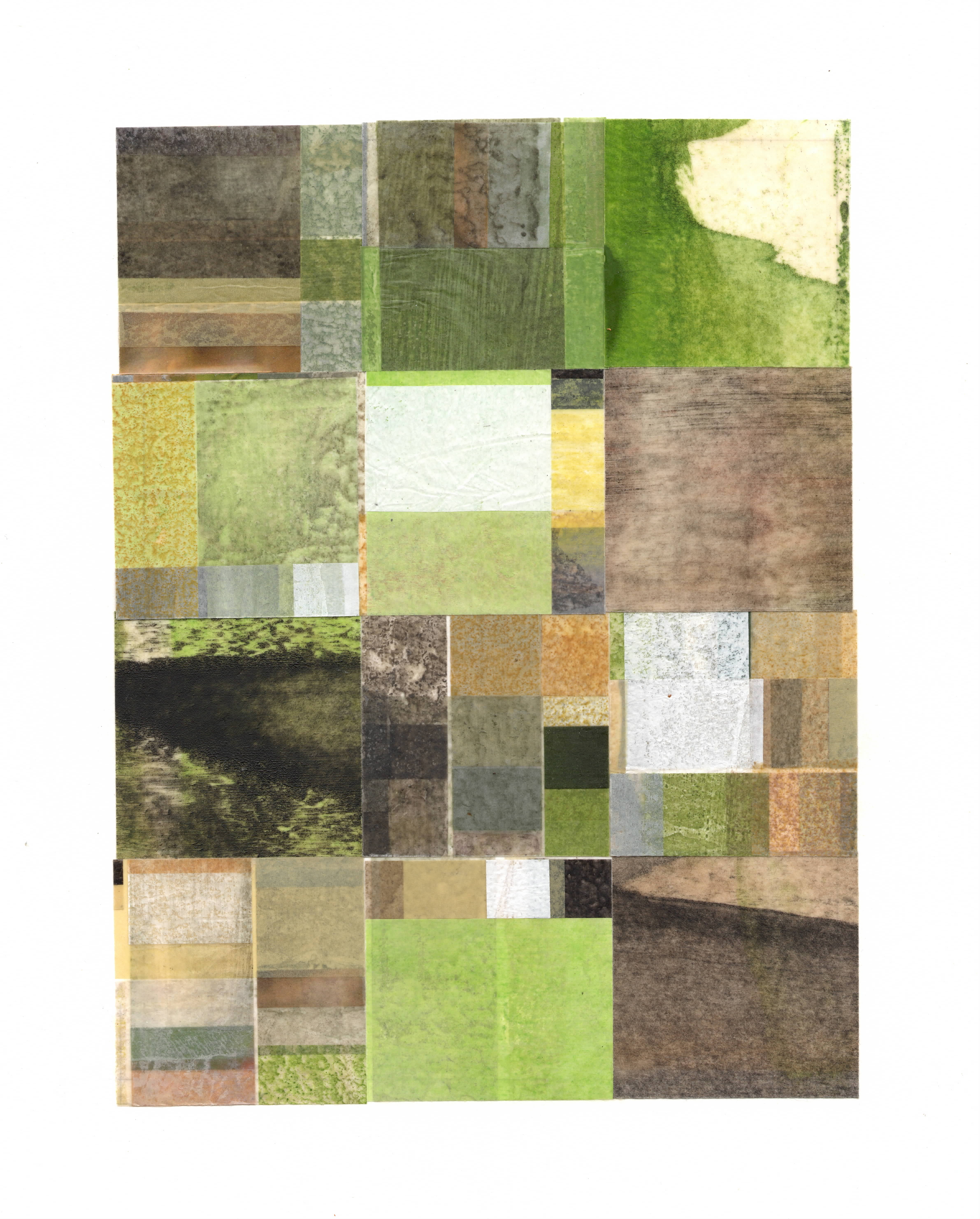
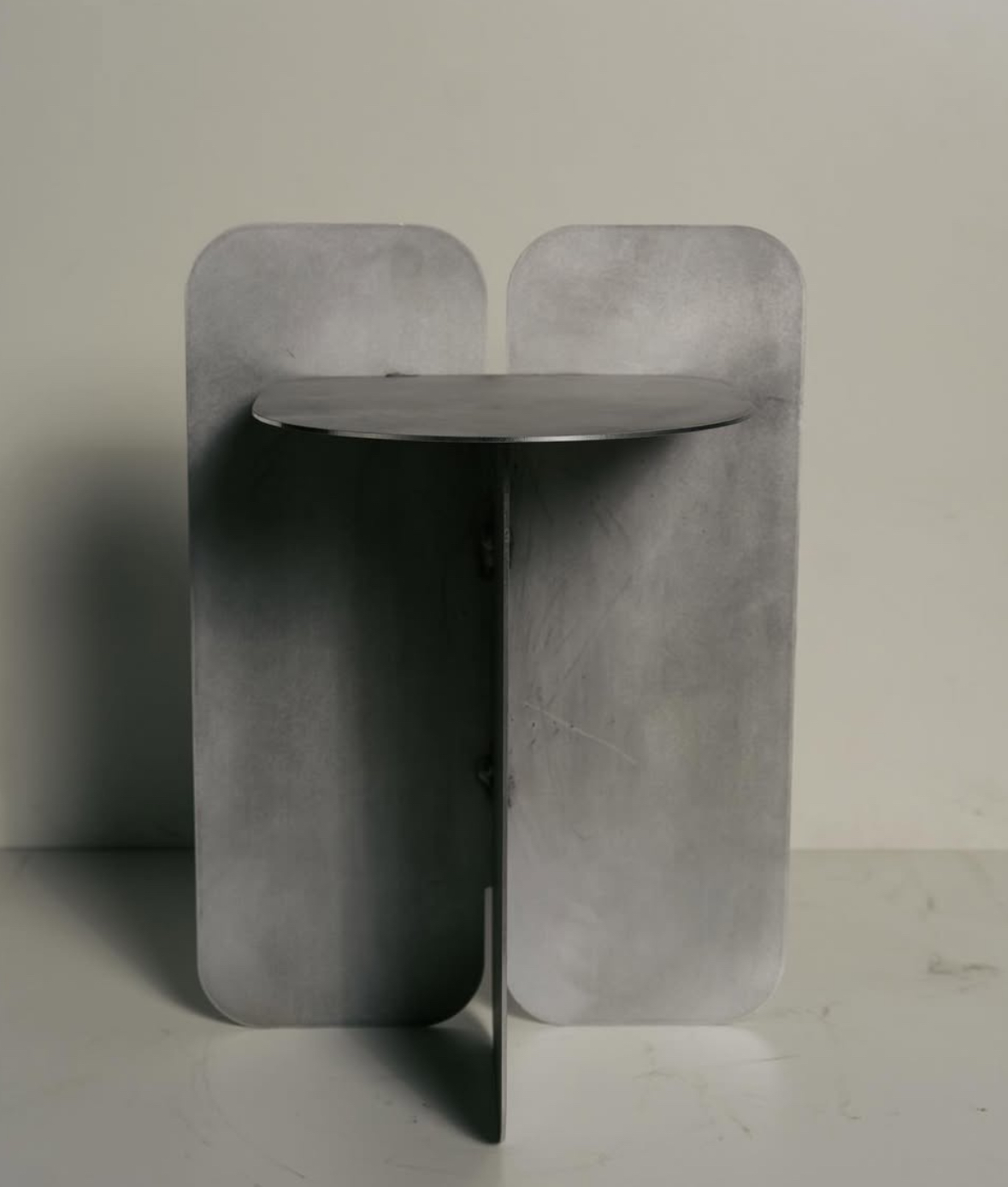

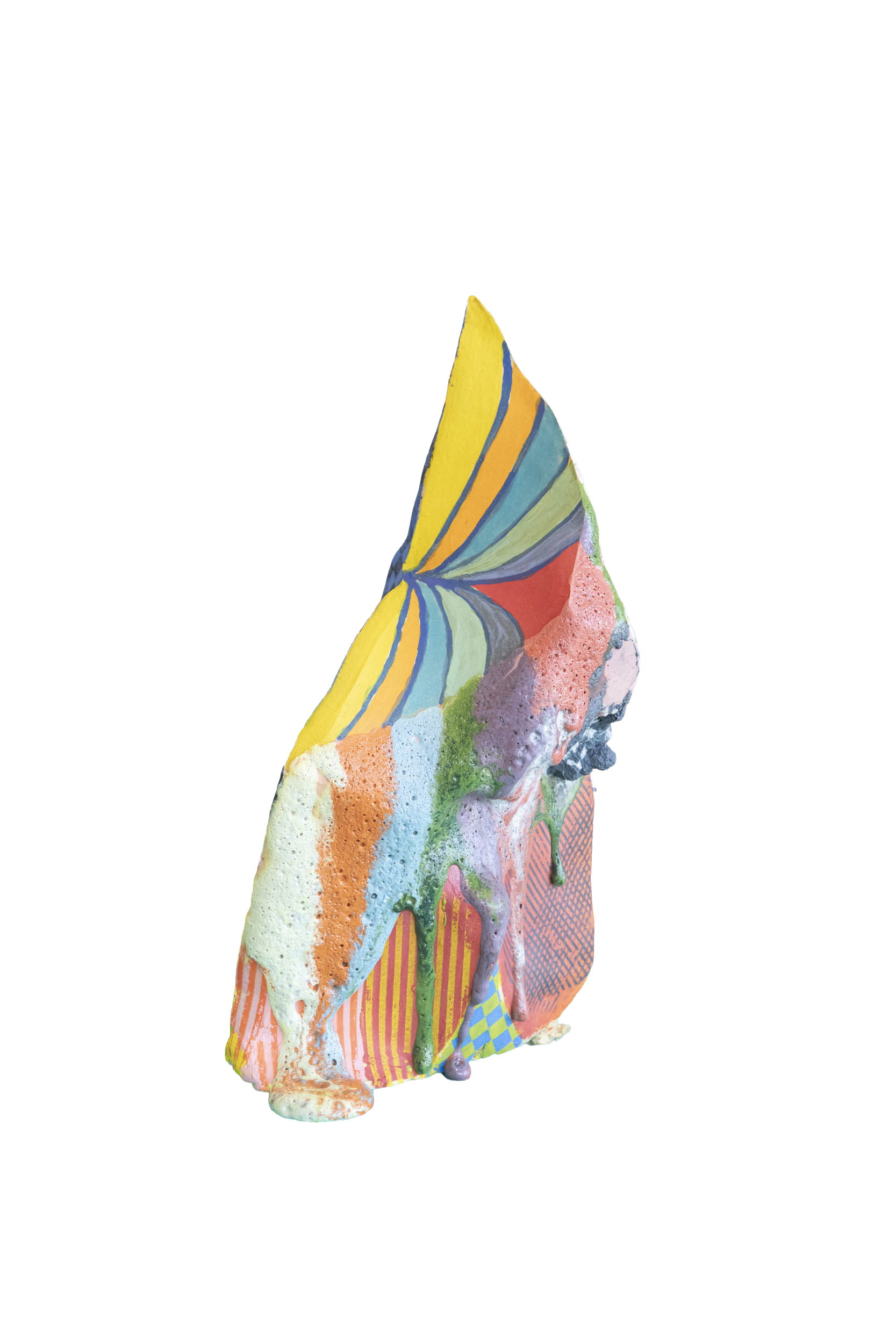

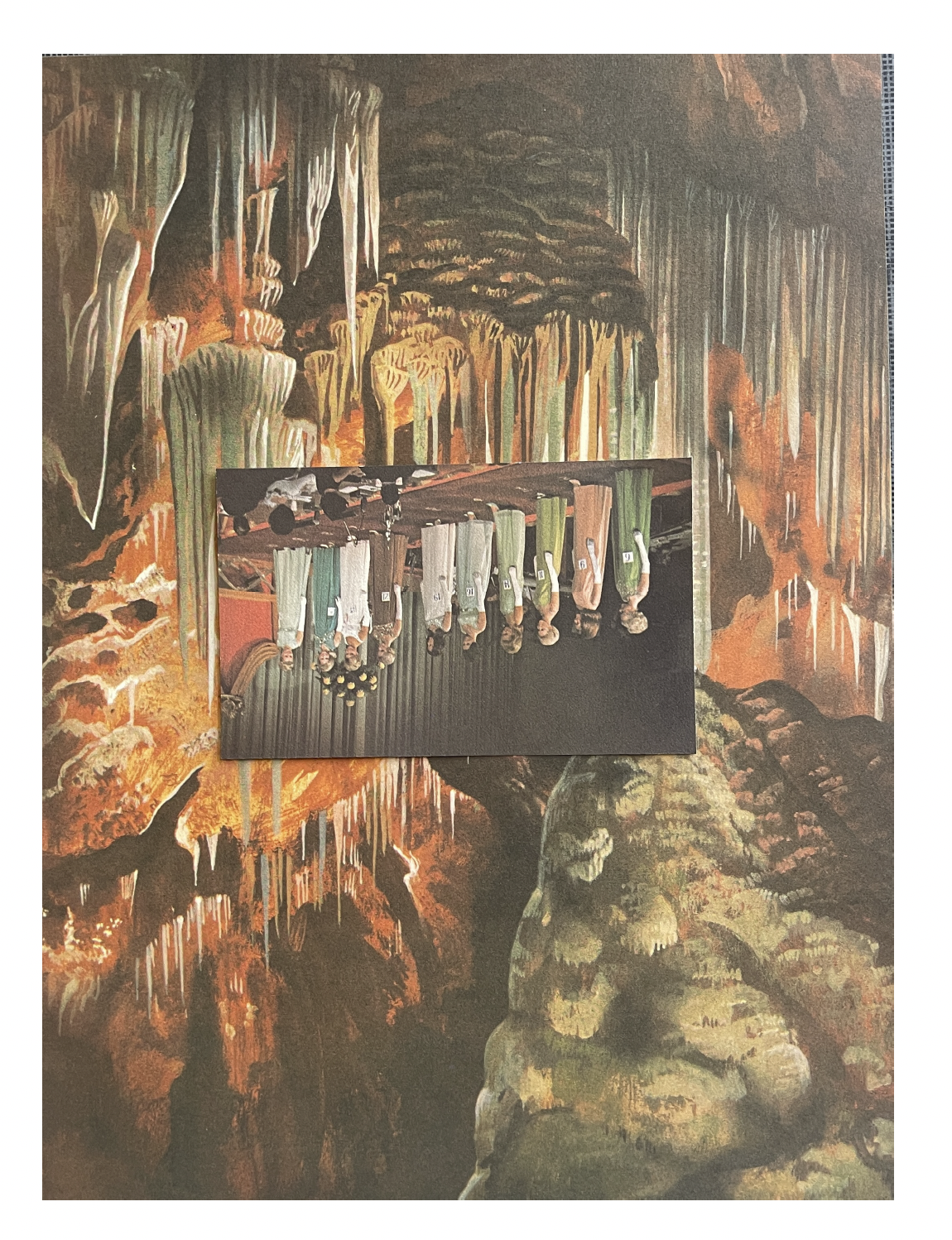
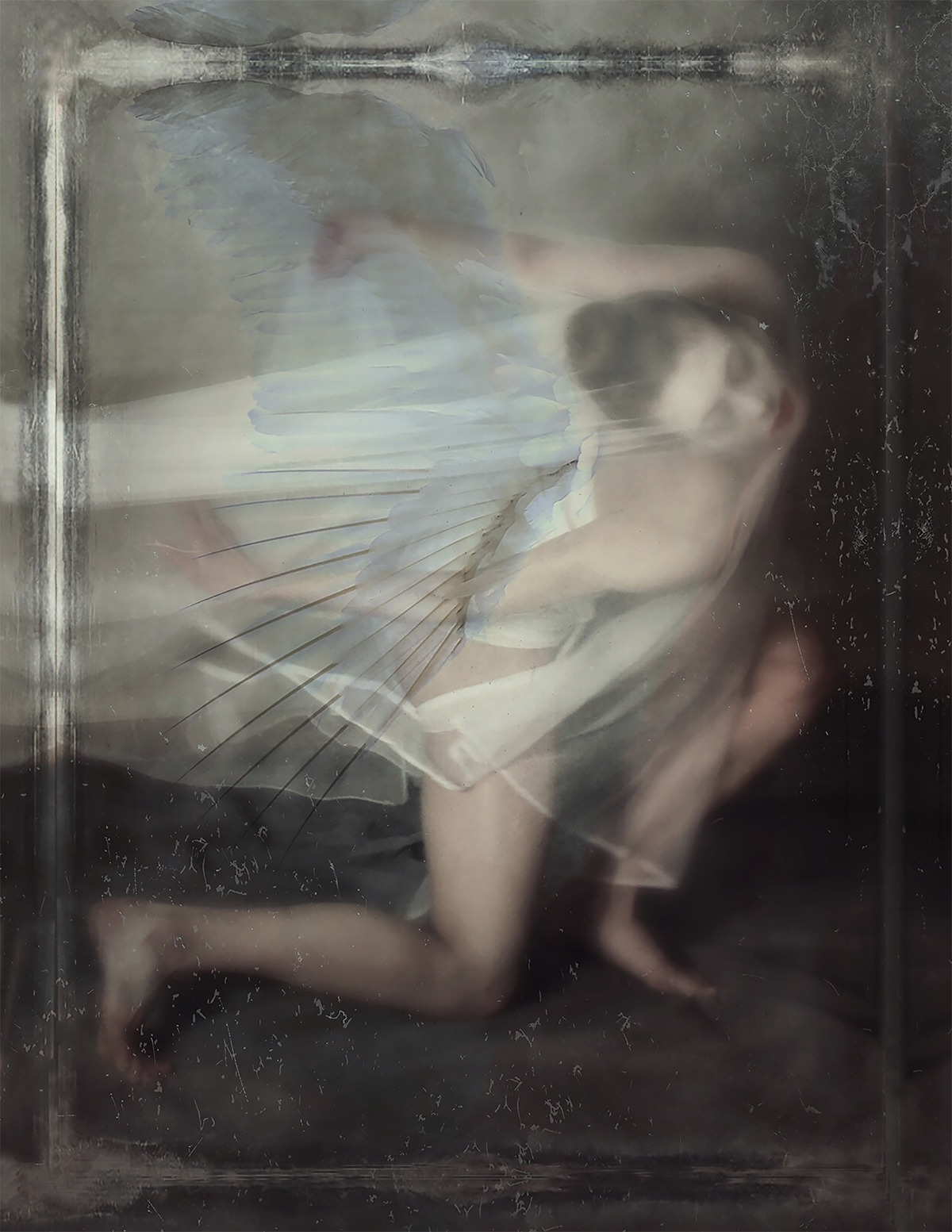



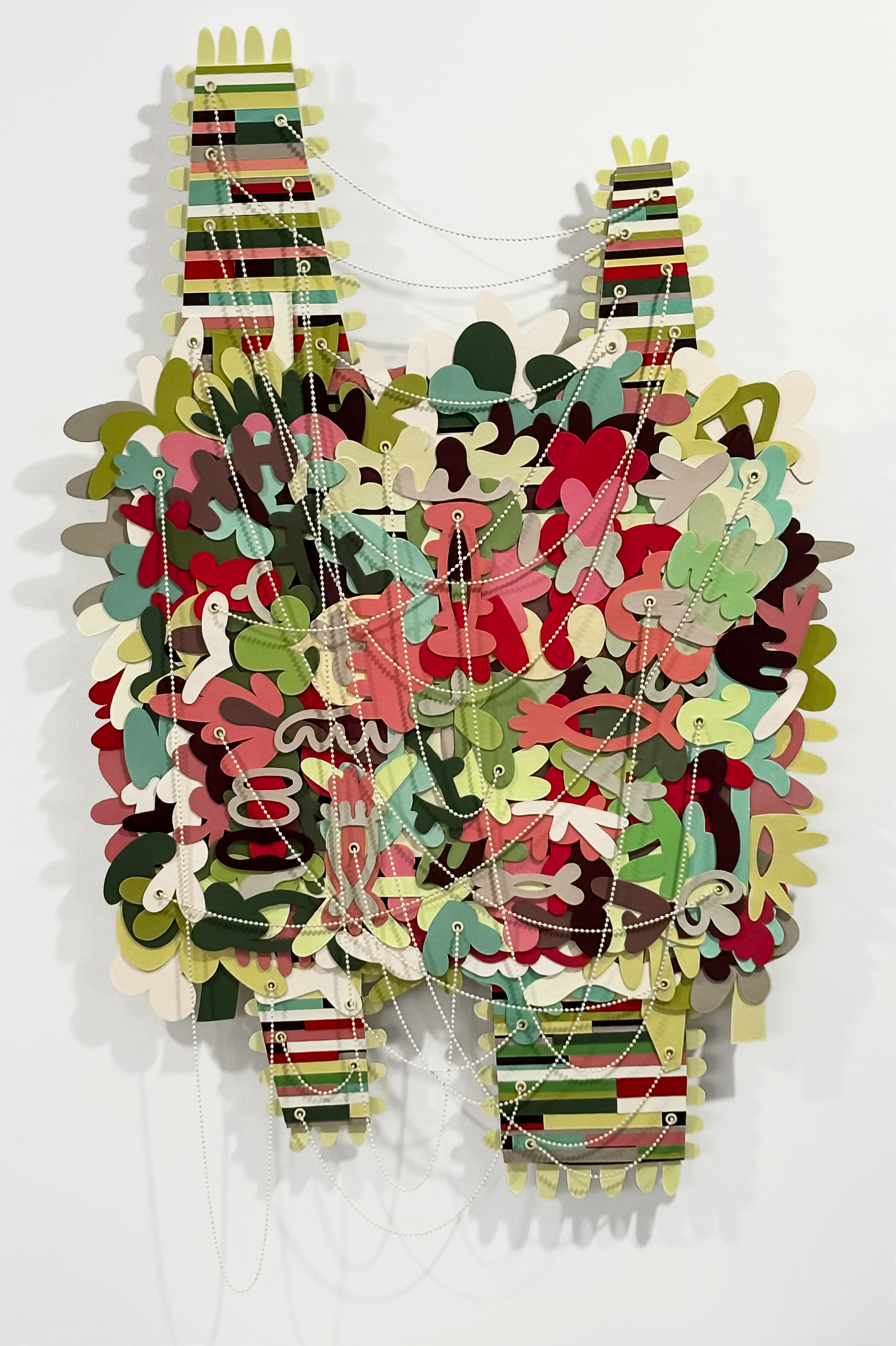
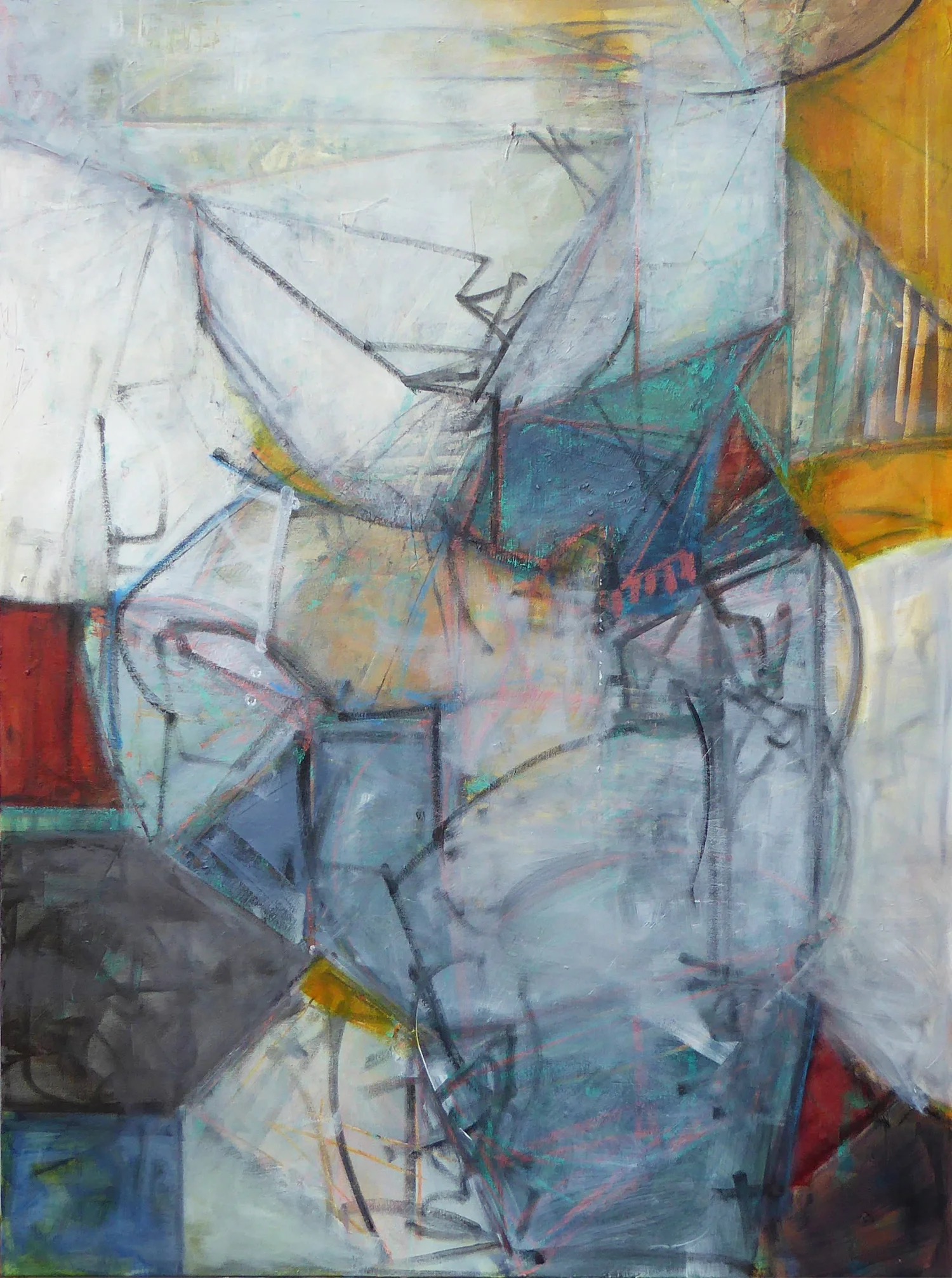

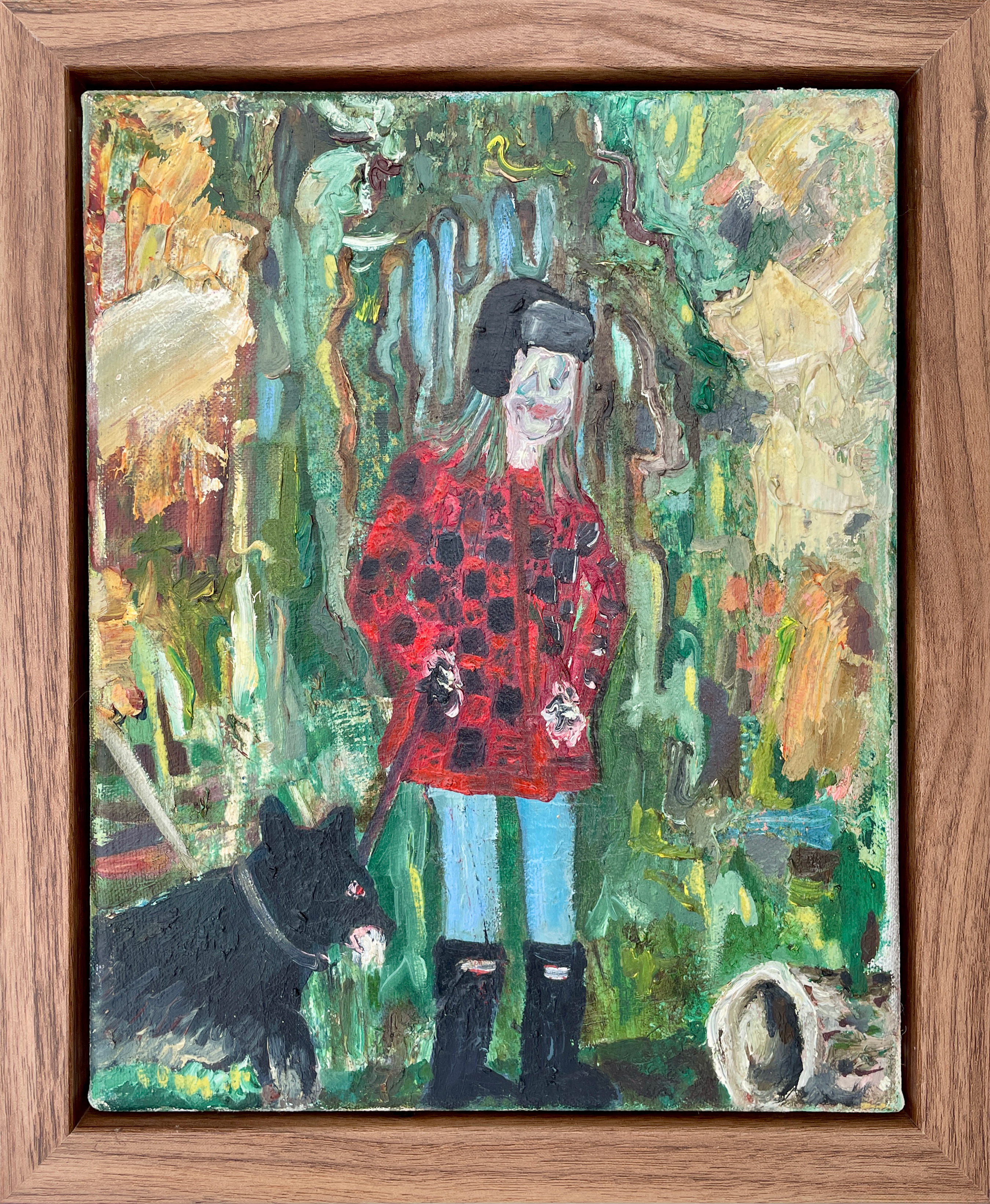

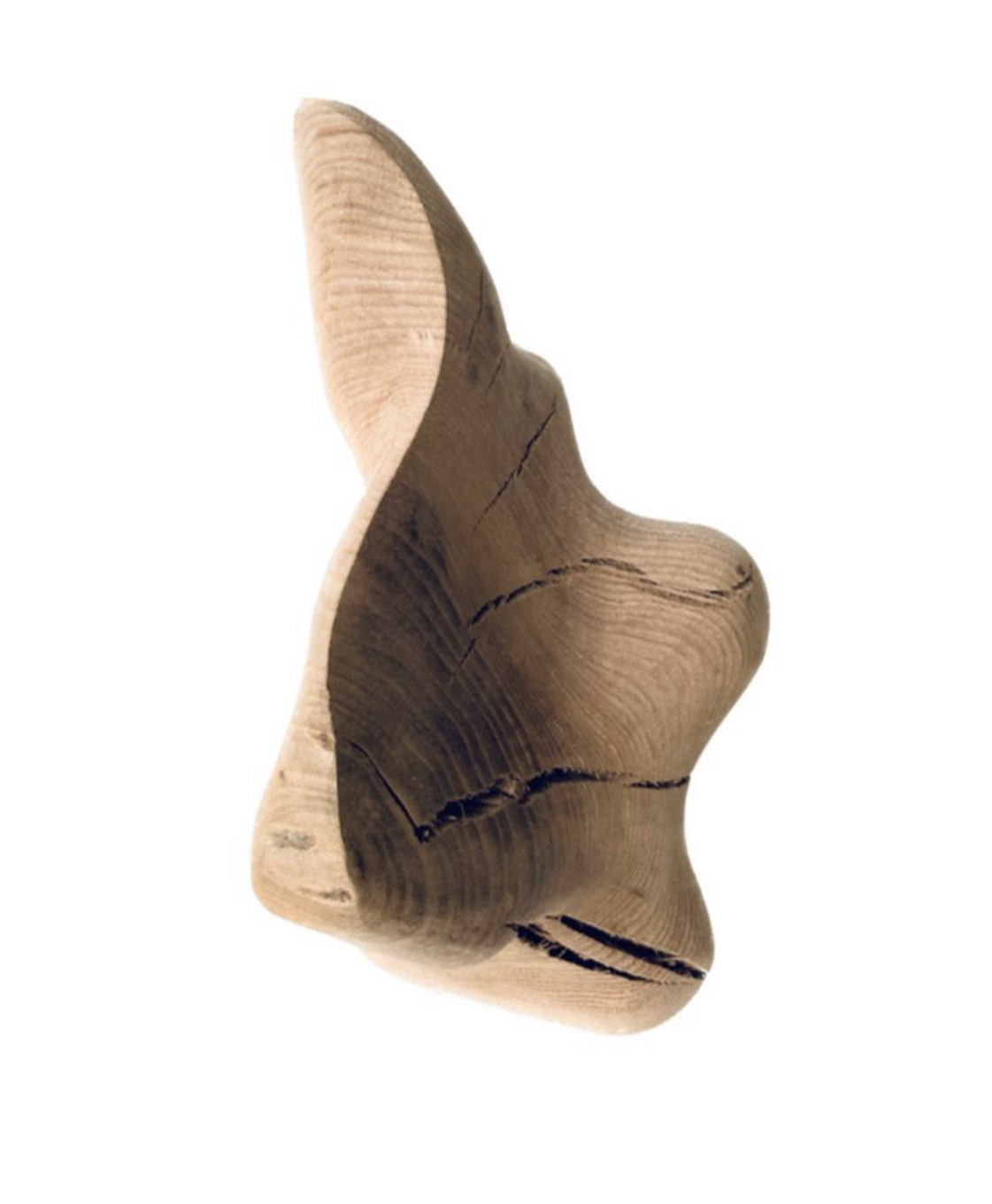
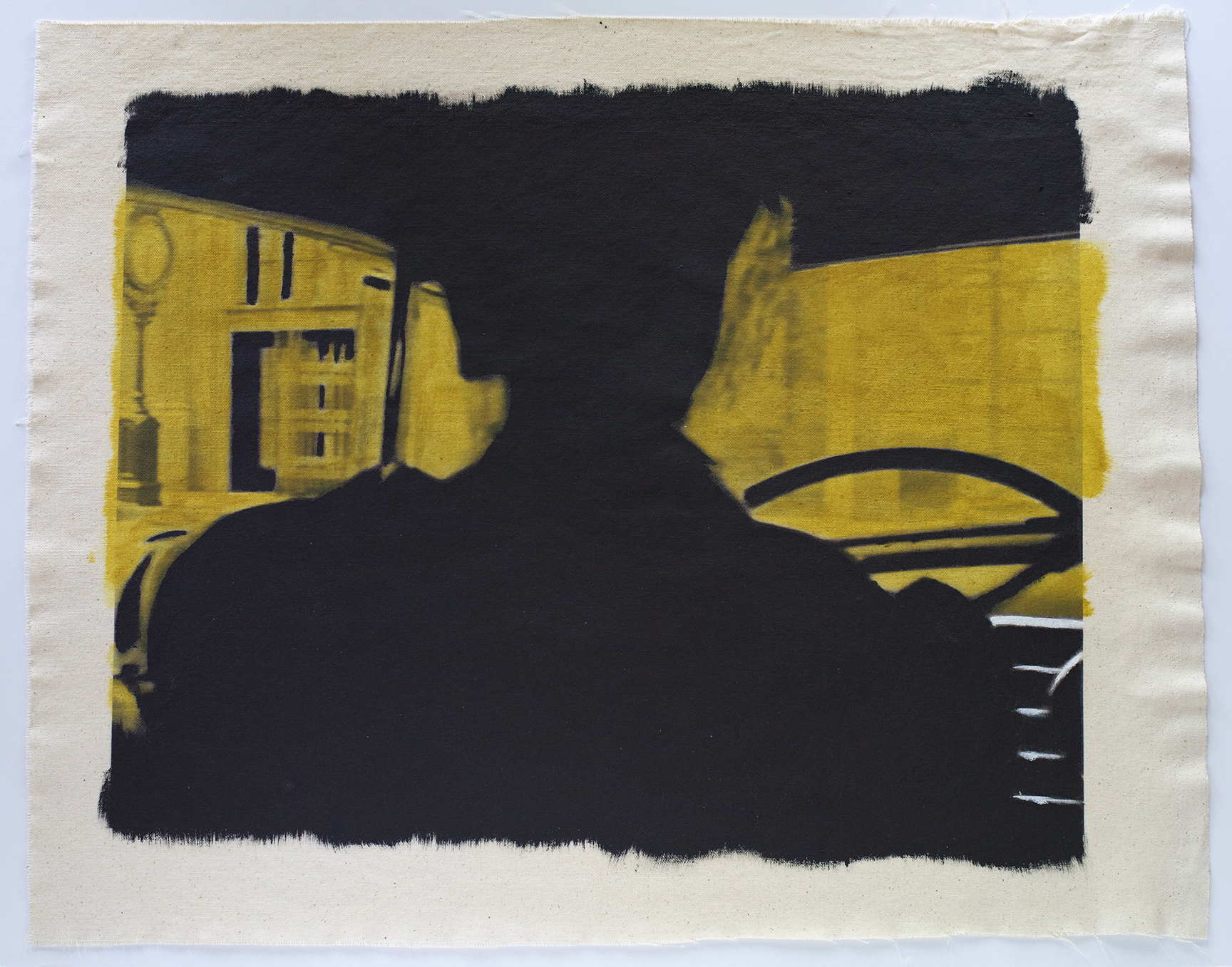
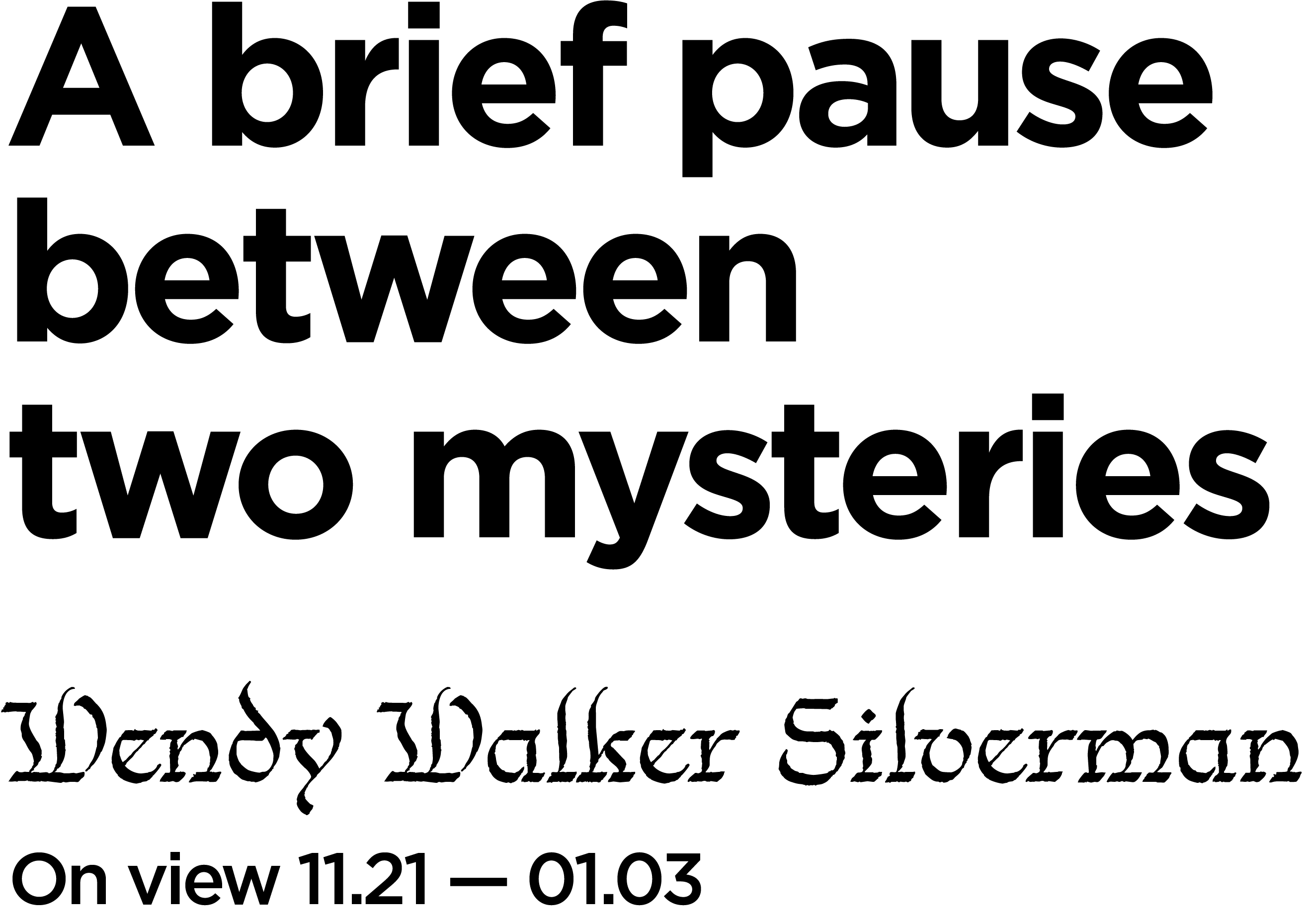
Tinney Contemporary is proud to present A Brief Pause Between Two Mysteries, a solo exhibition featuring new paintings by local artist Wendy Walker Silverman. The exhibition will be on display from November 21, 2025 through January 3, 2026. The reception will be on Saturday, December 13, from 6 to 9 PM.
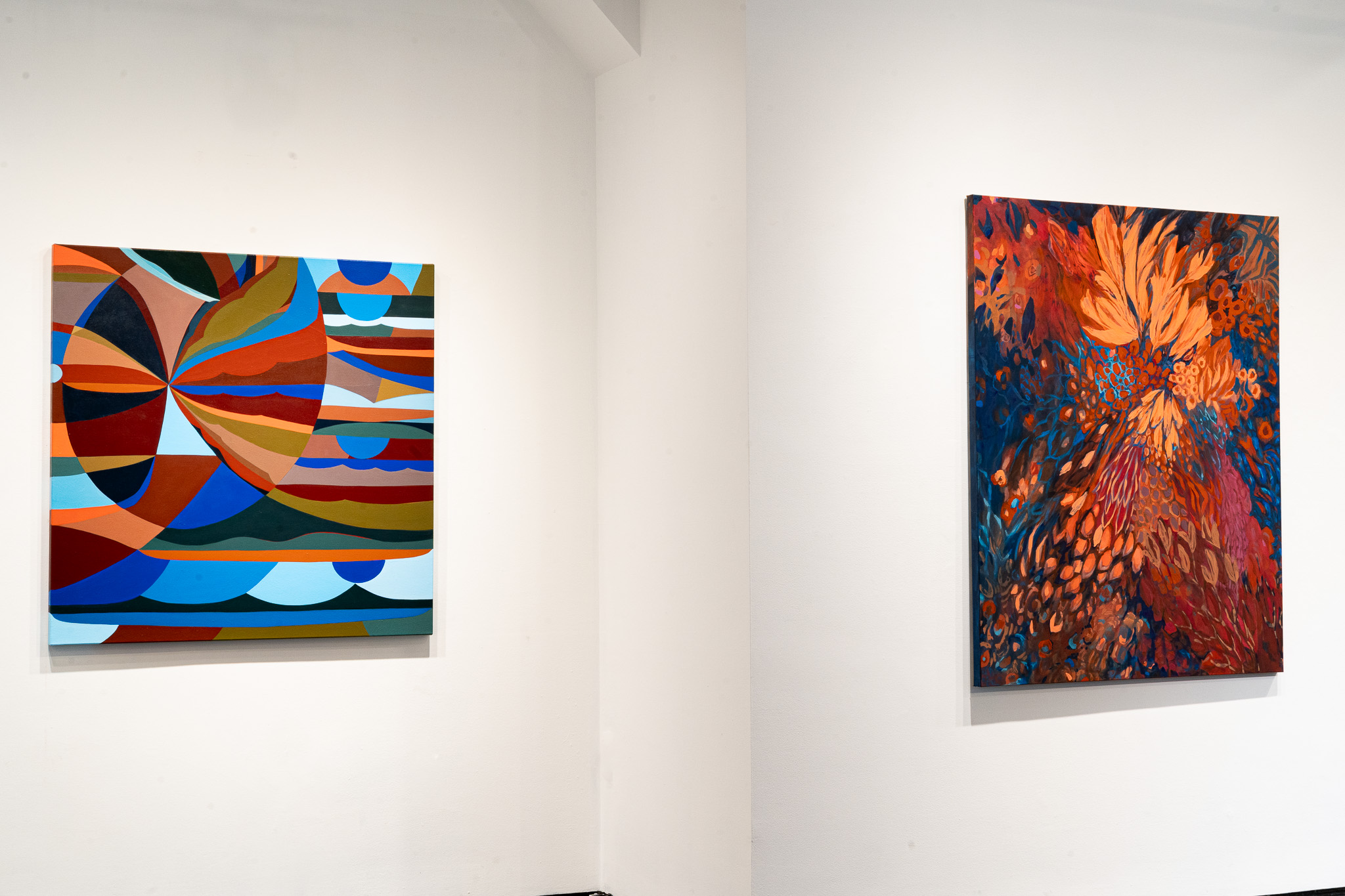
Silverman’s paintings feature hard-edge forms that shift and tessellate across the surface of the canvas. The artist repeats, reflects, and transforms shapes in dynamic compositions that reference architecture and environment. This process is guided by intuition, an exploratory approach to abstraction inextricable from the artist’s personal meditative practice. Through this carefully-ordered geometry, traces of the artist’s hand remain by virtue of her fluid, responsive approach to composition.
Carried out in her own always-evolving color palette, the forms seem to vibrate by virtue of an Albersian color interaction. By exploiting various acrylic mediums and varied opacities, Silverman further complicates these color relations through transparent top layers which allow the history of paint to shine through. This pentimento deepens the shifting composition and color interaction, yielding an inviting sense of depth—distinct from the flatness that is emphasized in much geometric painting.
This dynamism invites the viewer to play at pareidolia. What do you see? Vague impressions at first—but the longer you look, things begin to take shape: structures, landscapes, figures. Eyes, ears, arms. The sun setting over the sea, afterimage burned into your retinas, still there when you shut your eyes.
︎︎︎ EXHIBITION LIST


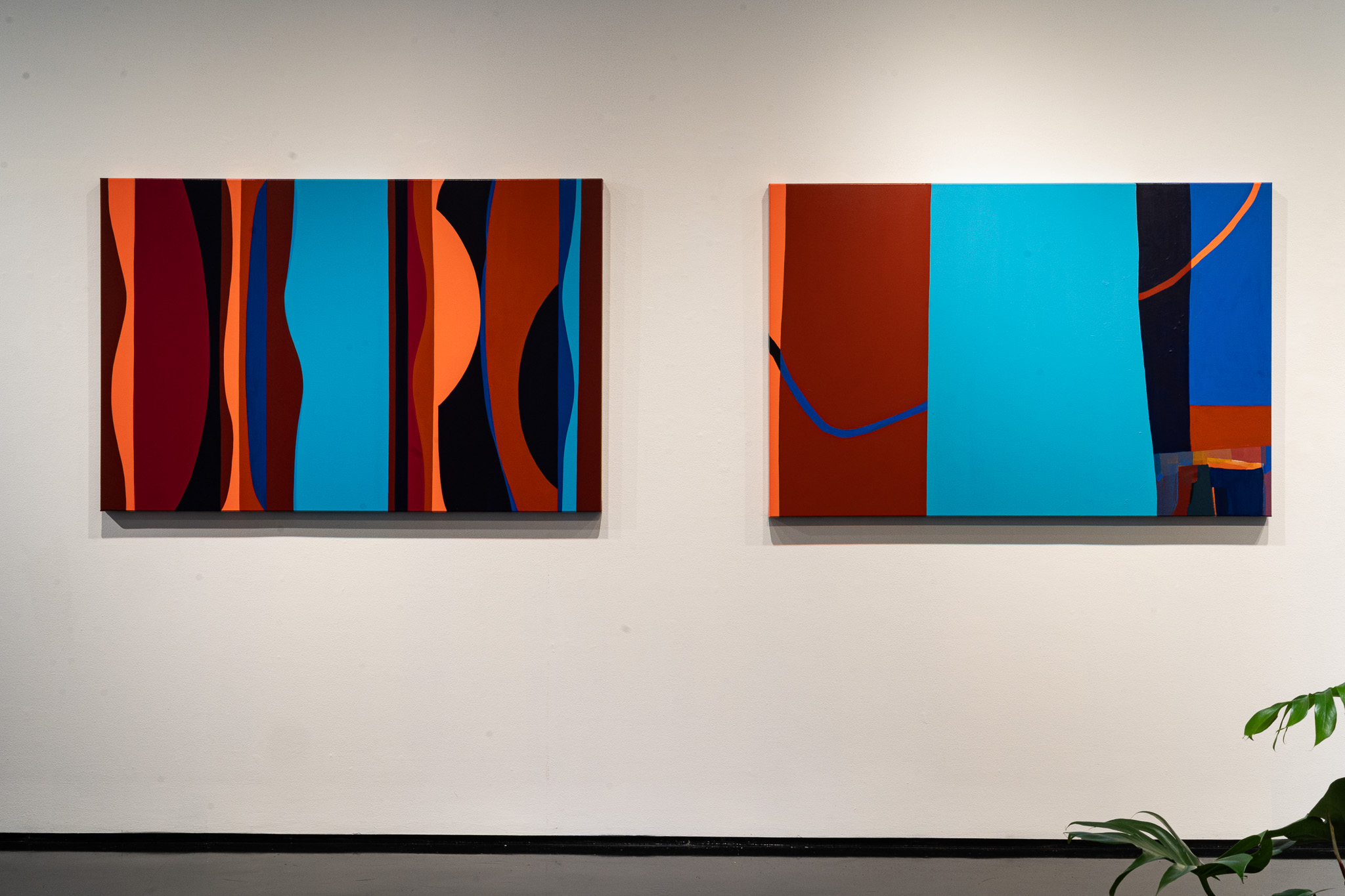

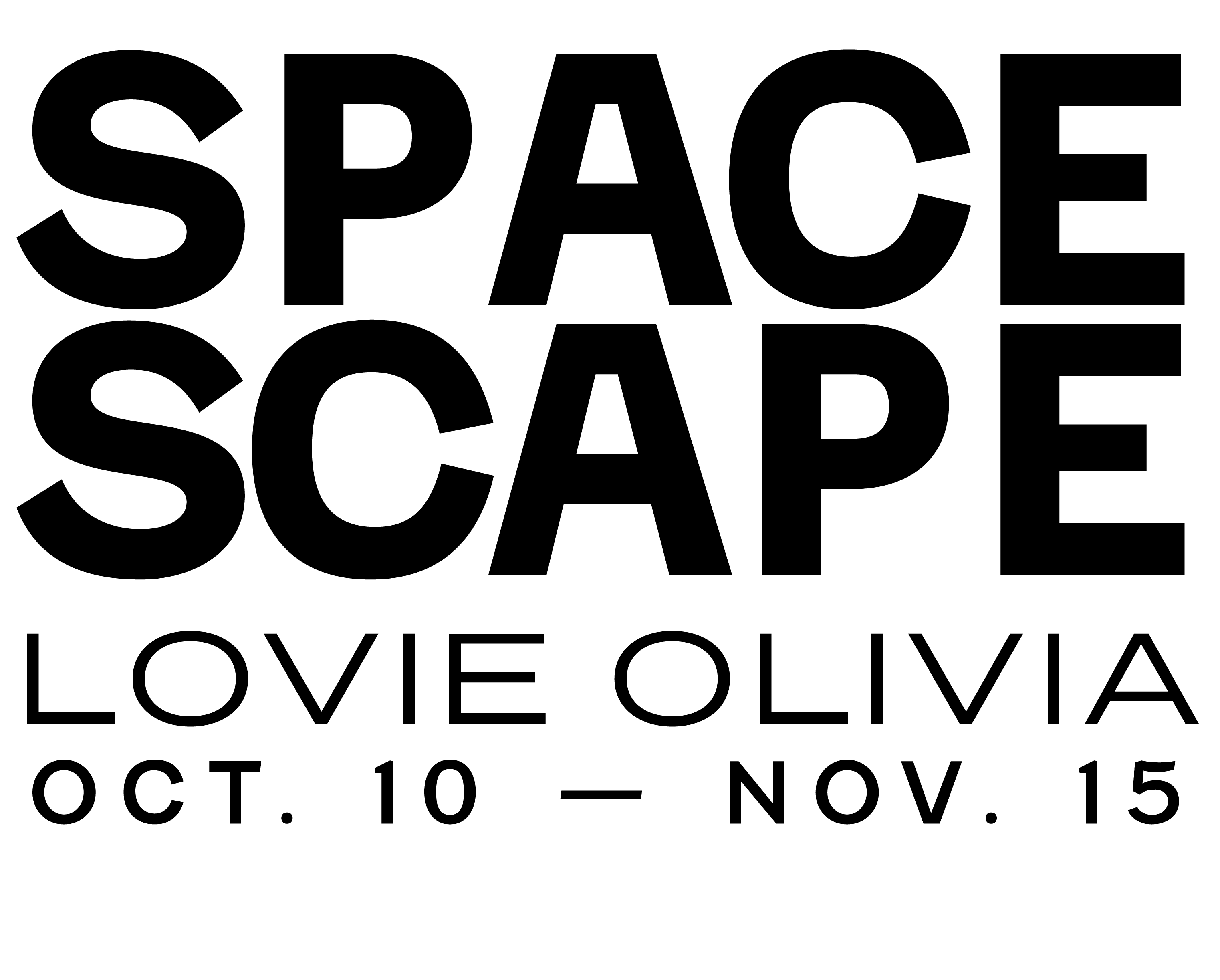
Tinney Contemporary is proud to present Space Scape, a solo exhibition featuring multidisciplinary works by Houston-based artist Lovie Olivia. The exhibition will be on display from Saturday, October 11 through November 15, 2025. The opening reception will be on Saturday, November 11, from 6 to 9 PM.
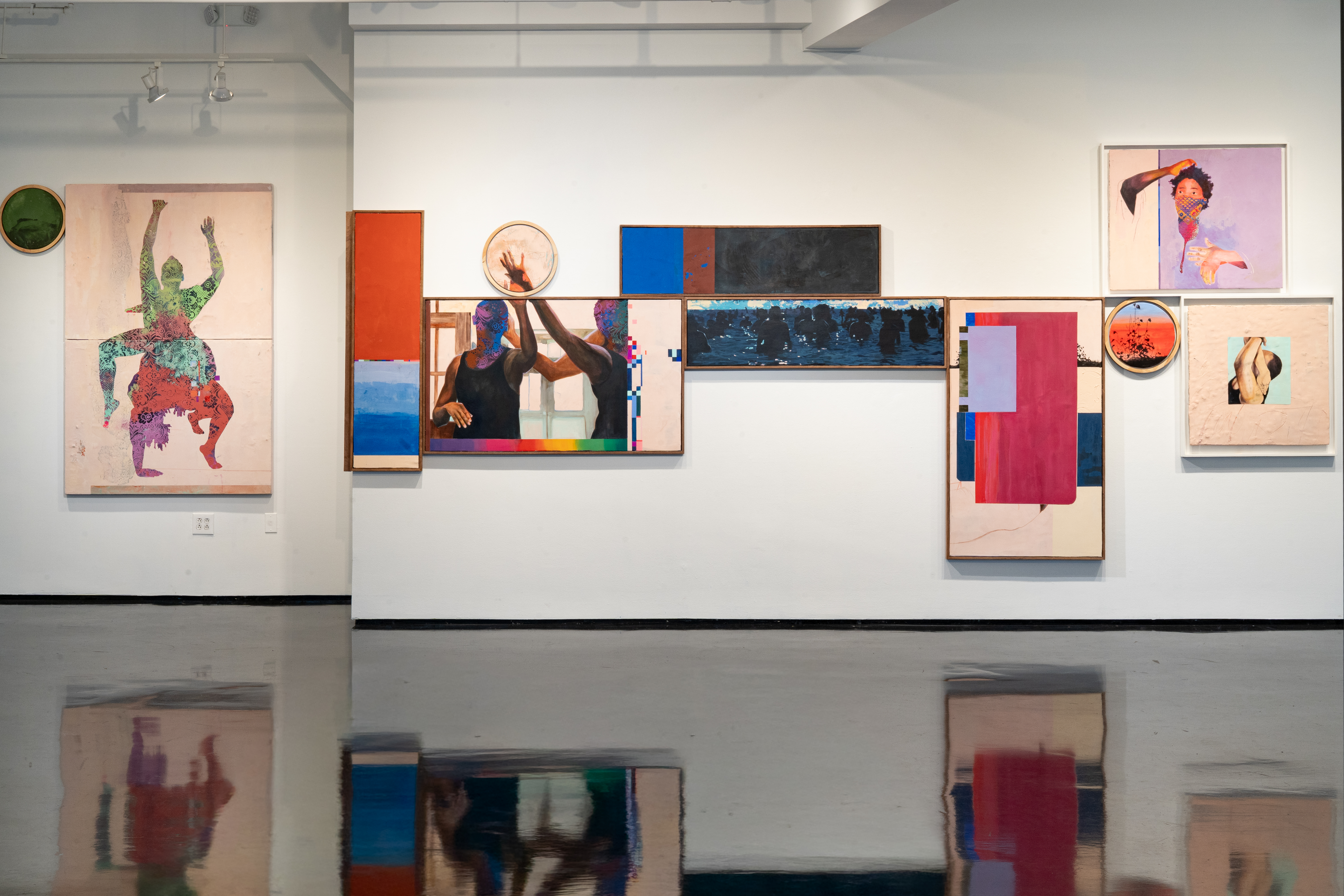
Space Scape showcases Olivia’s interdisciplinary works in collage, assemblage, painting and installation, engaging multiple archives of historically marginalized communities. Her luminous processes explore modalities of retreat, resistance, rebellion and liberation. She employs distinct multilayered collage strategies by mining records, remixing archival documents and manila folders into quilt-like works with flowing forms that transgress the rigid structure of the file folder. Displayed alongside the collage works, Olivia’s vivid, multilayered “nu-fresco” paintings grapple with memory and history by excavating cumulative layers of image, disrupting pictorial space by carving away plaster.
Both methods visually consider the complexities of identity, place-keeping and record-keeping; challenging systems of forced categorization, disrupting attempted erasure, and prioritizing restoration. The works have a transcendental bent—the artist literally cuts portals into her material containers, rupturing the picture plane, unveiling networks of data and imagery—leading the viewer beyond the frame: out of facile, reductive categories and into an engagement with history, with the cosmos, and with their own place in it. Space Scape is a record of this act of remembering, of strategizing, of improvisation, ingenuity and futurity.
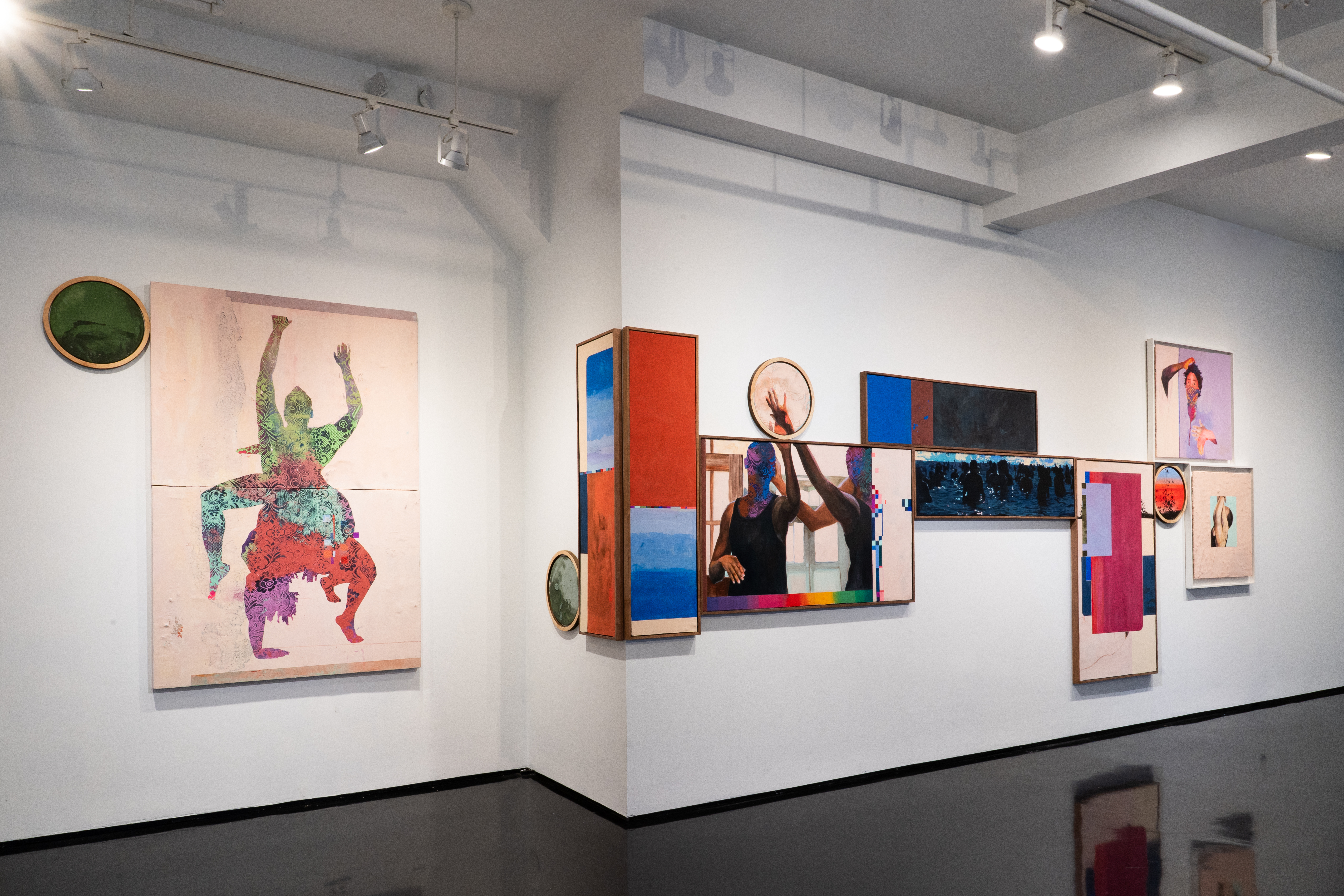


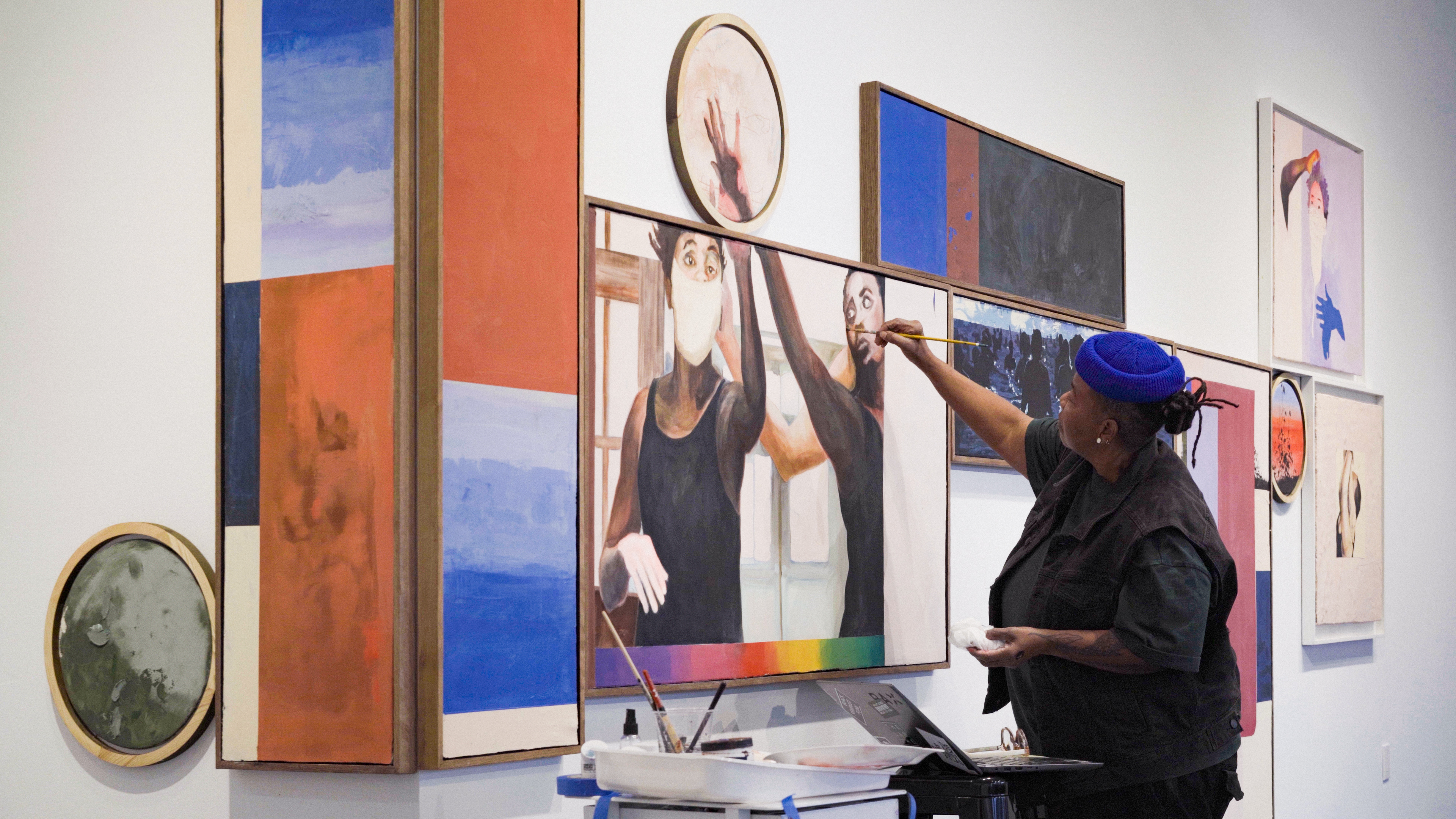
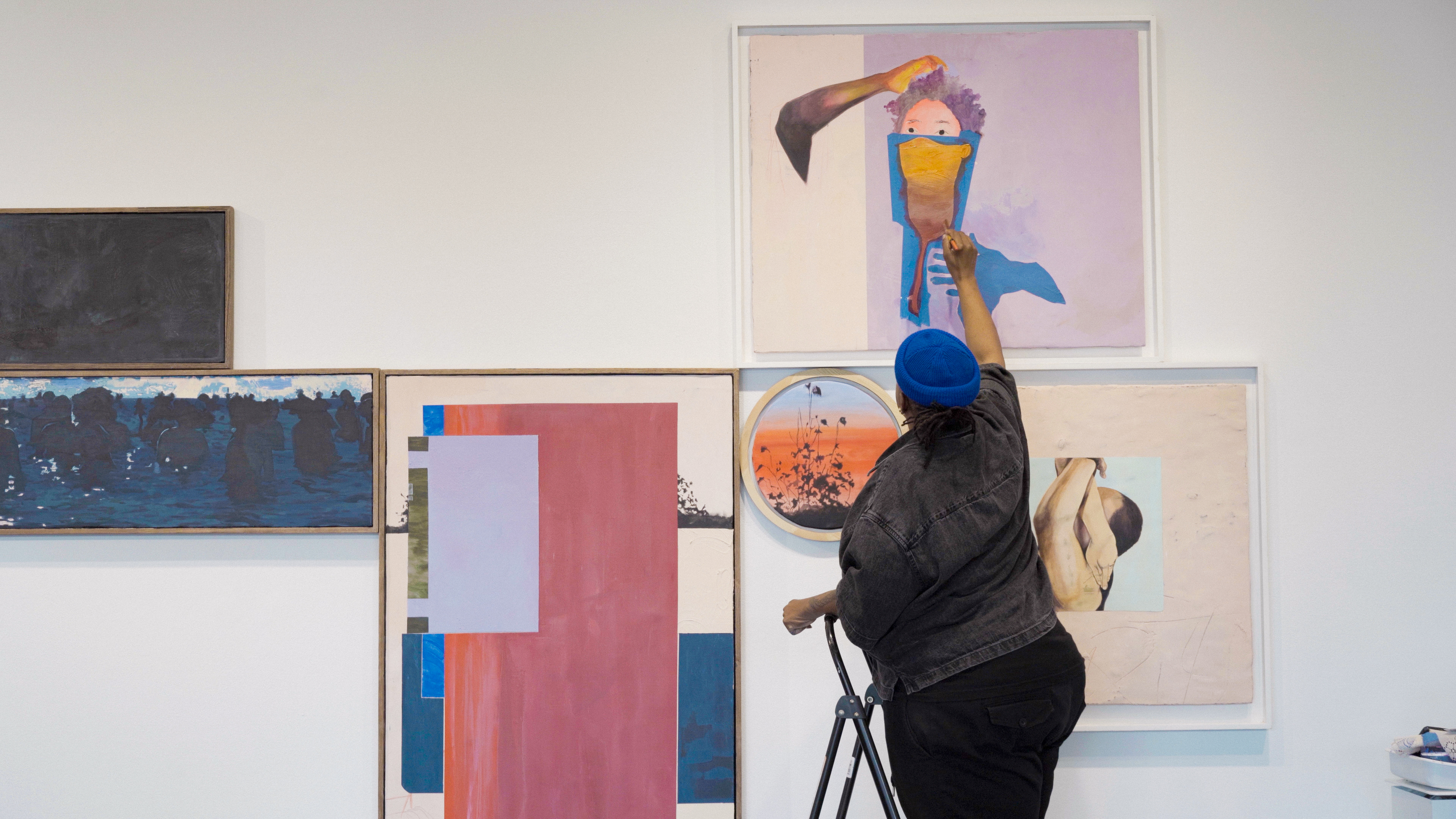

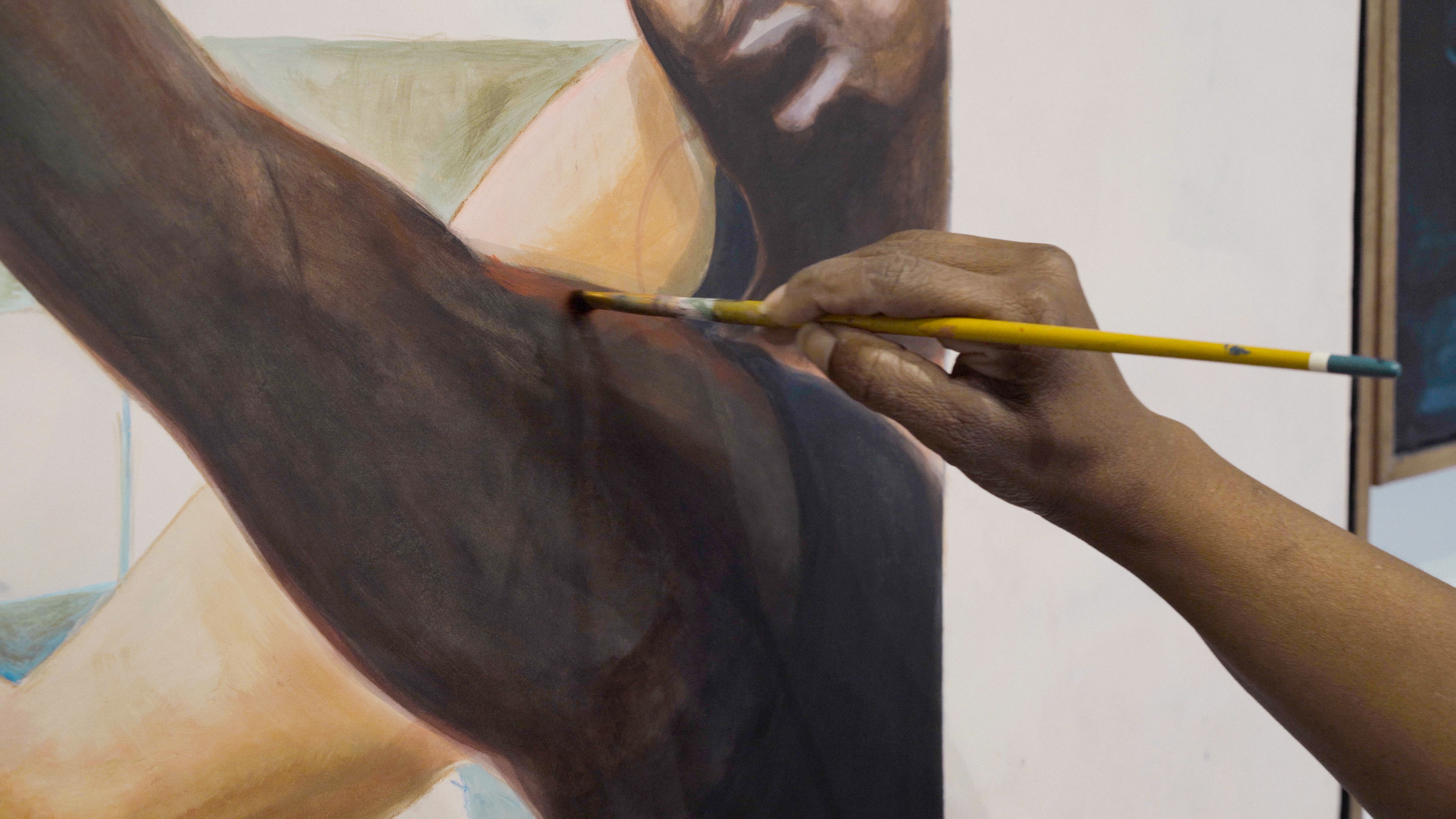


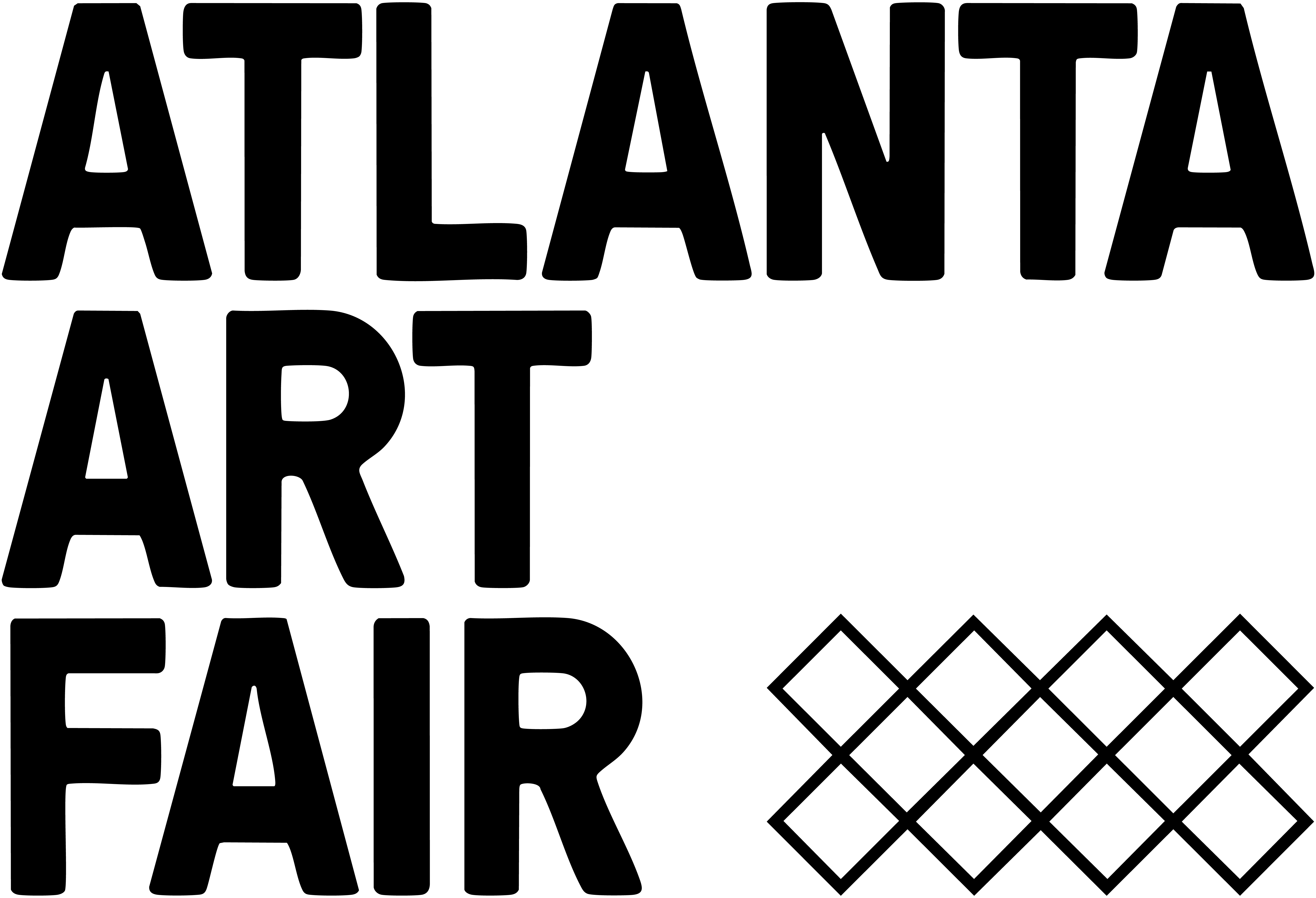
September 25th—28th
BOOTH D13
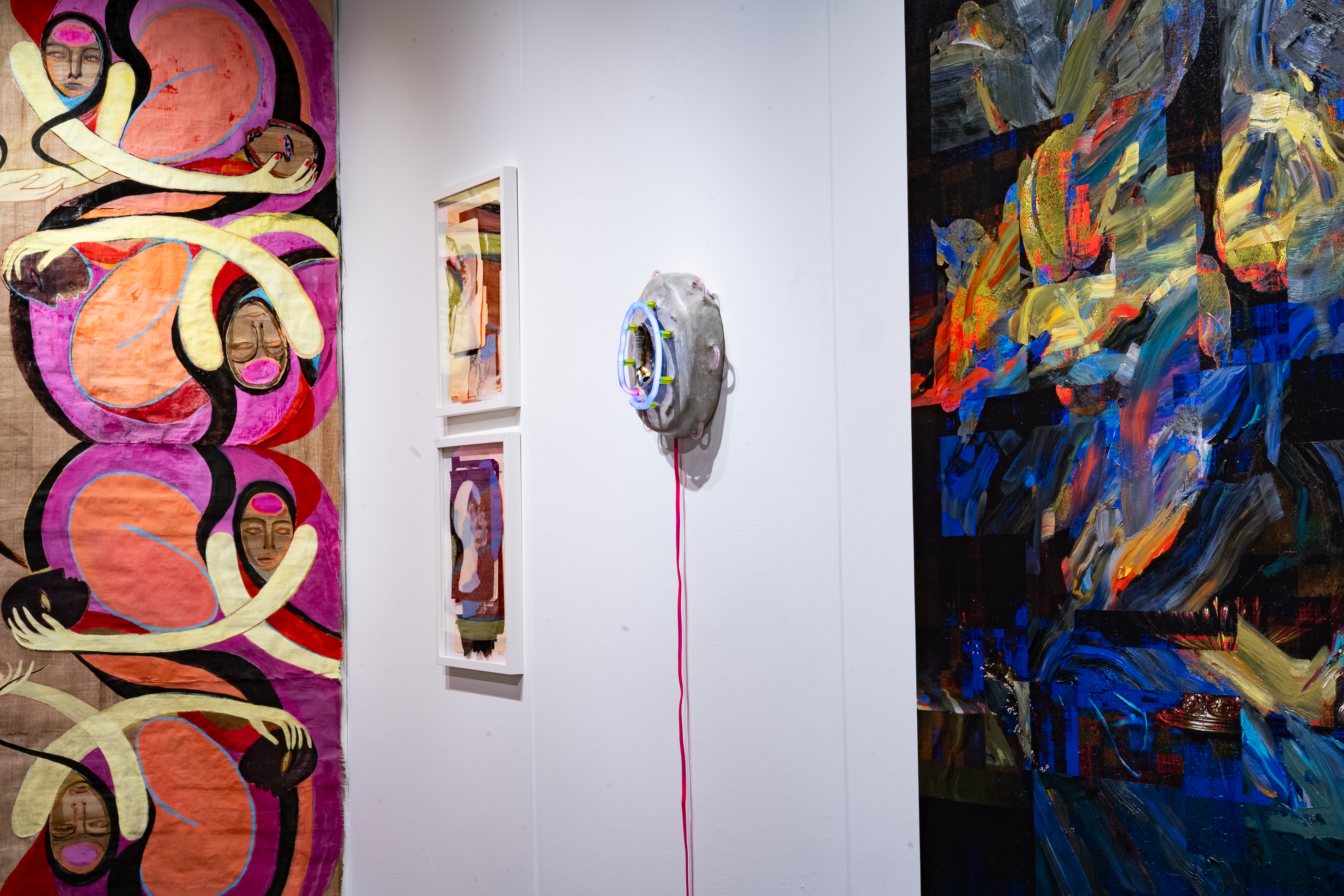
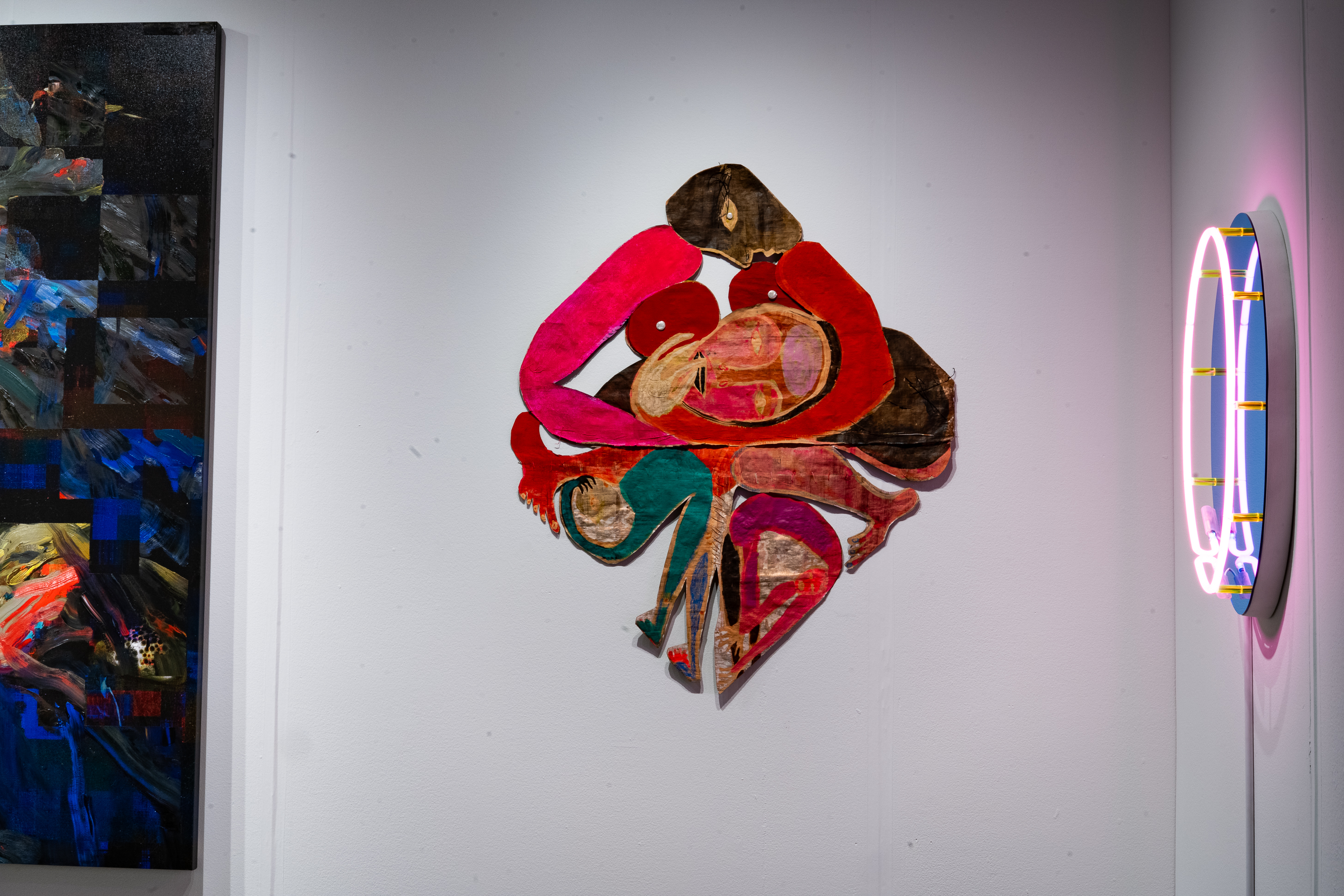
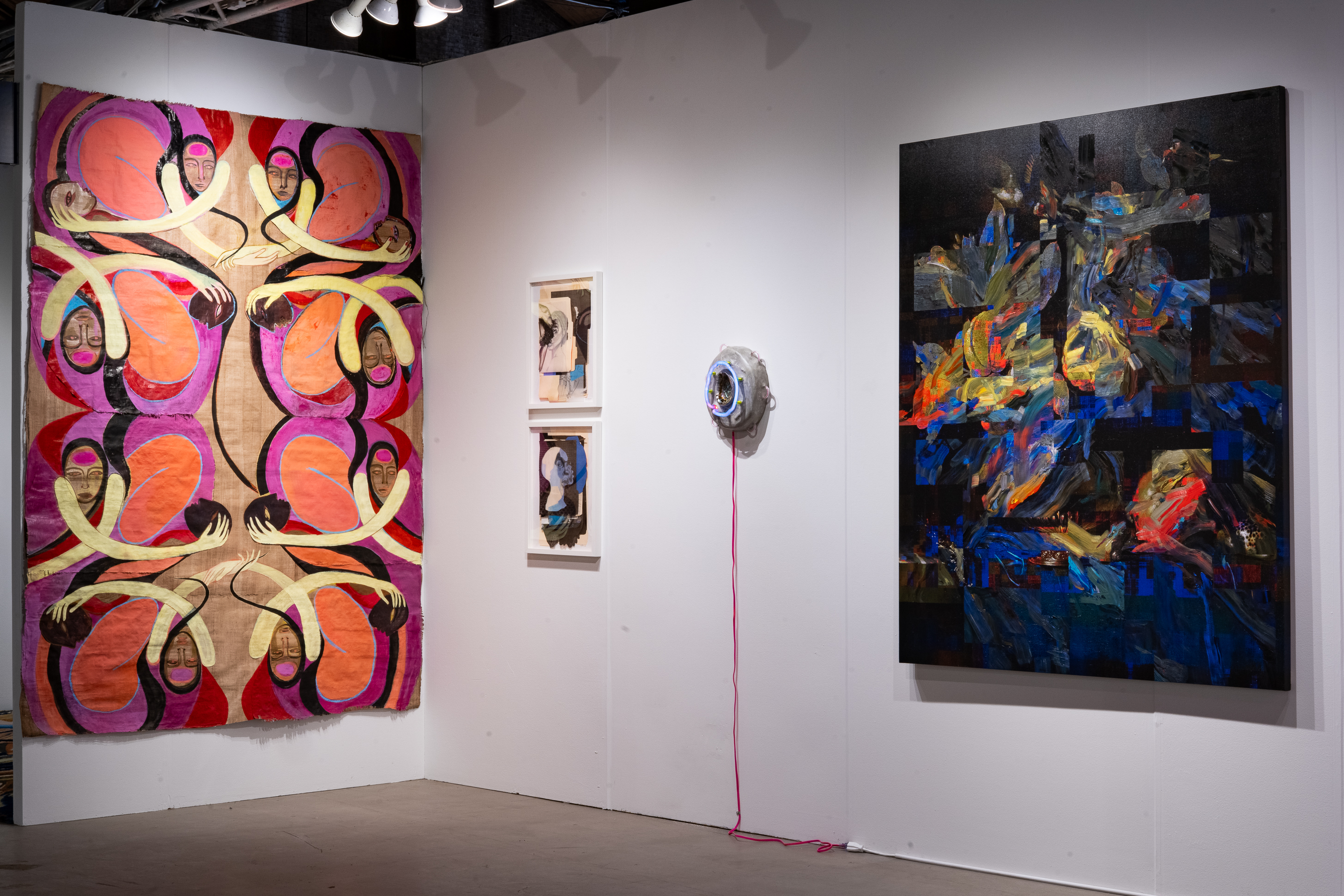
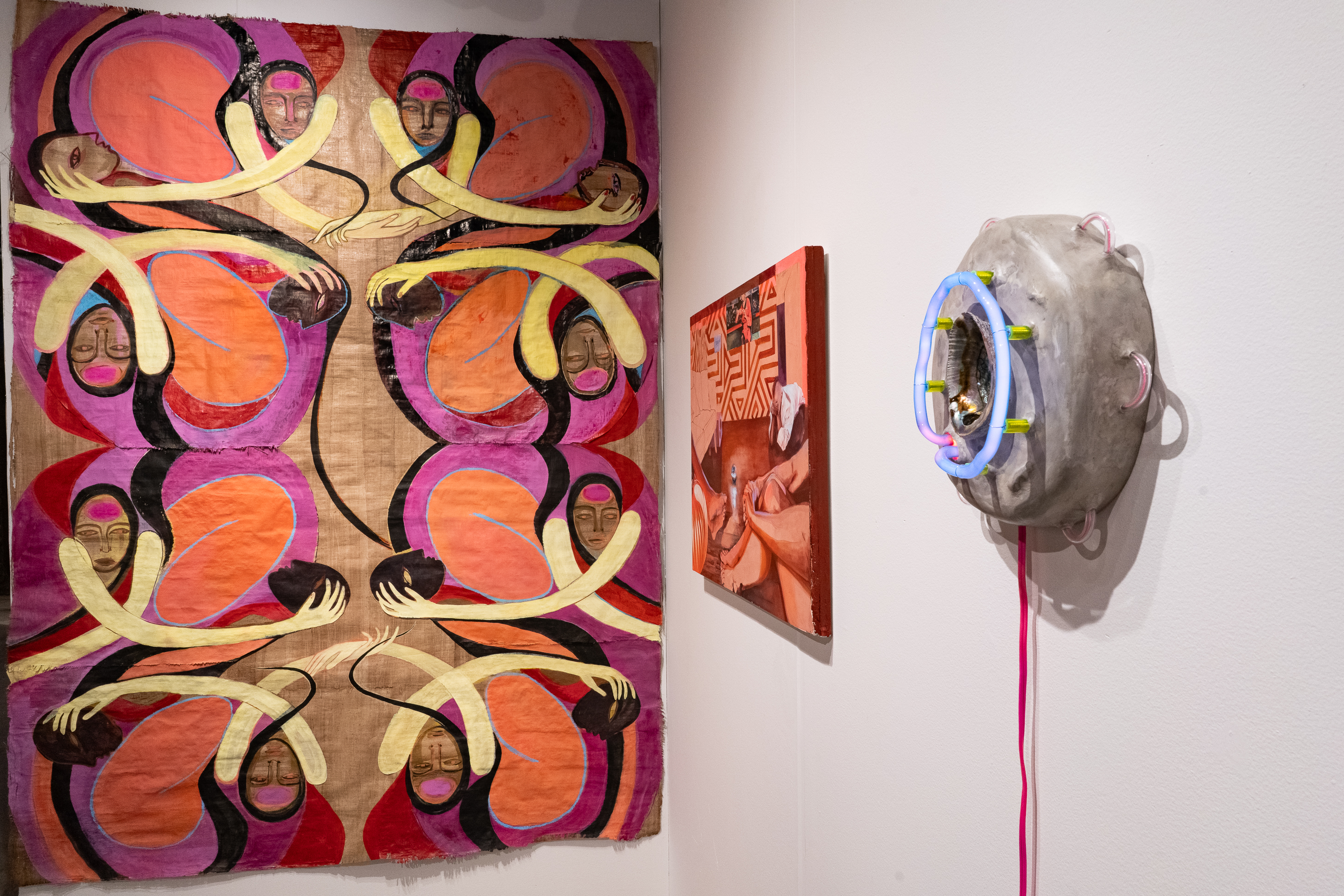
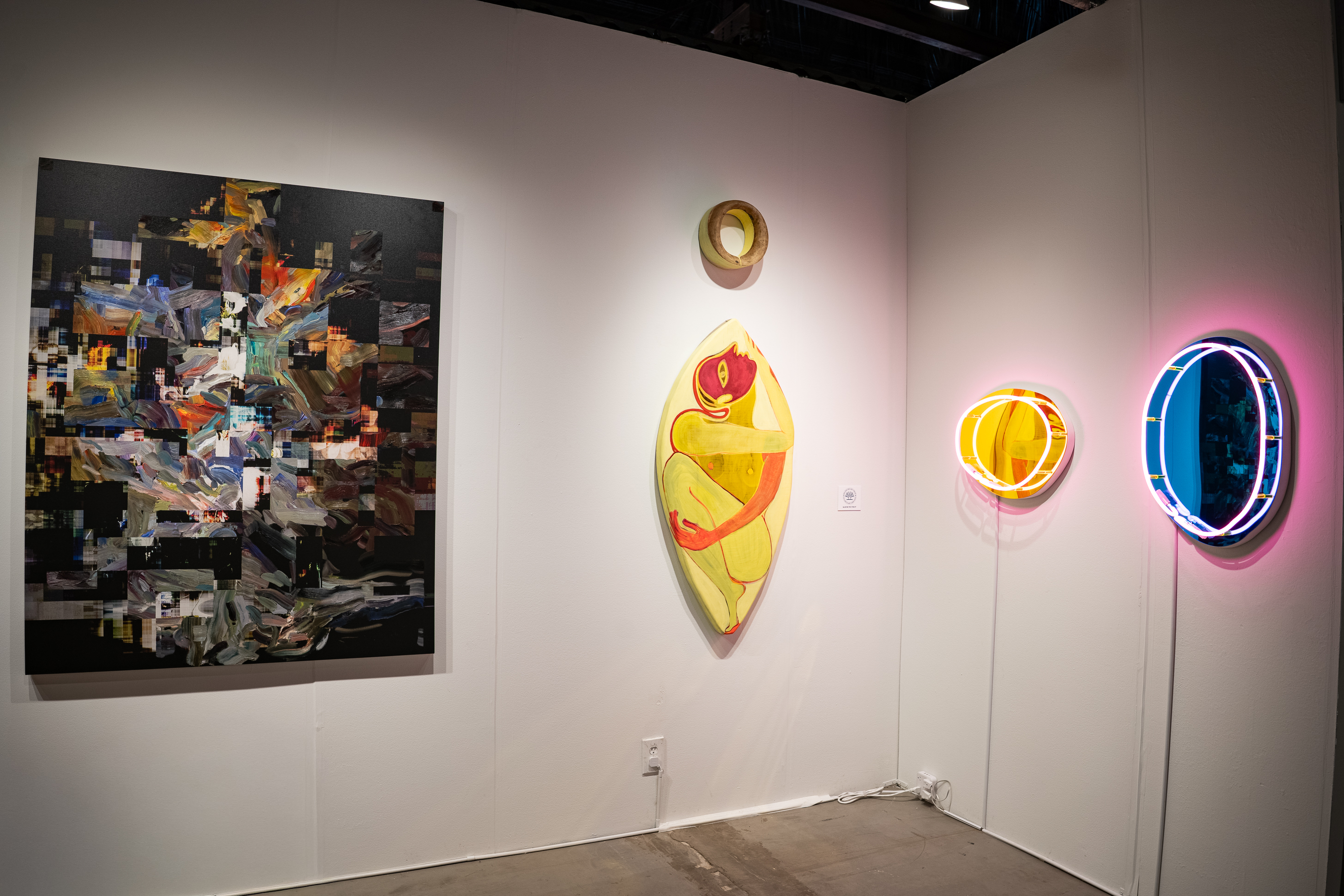
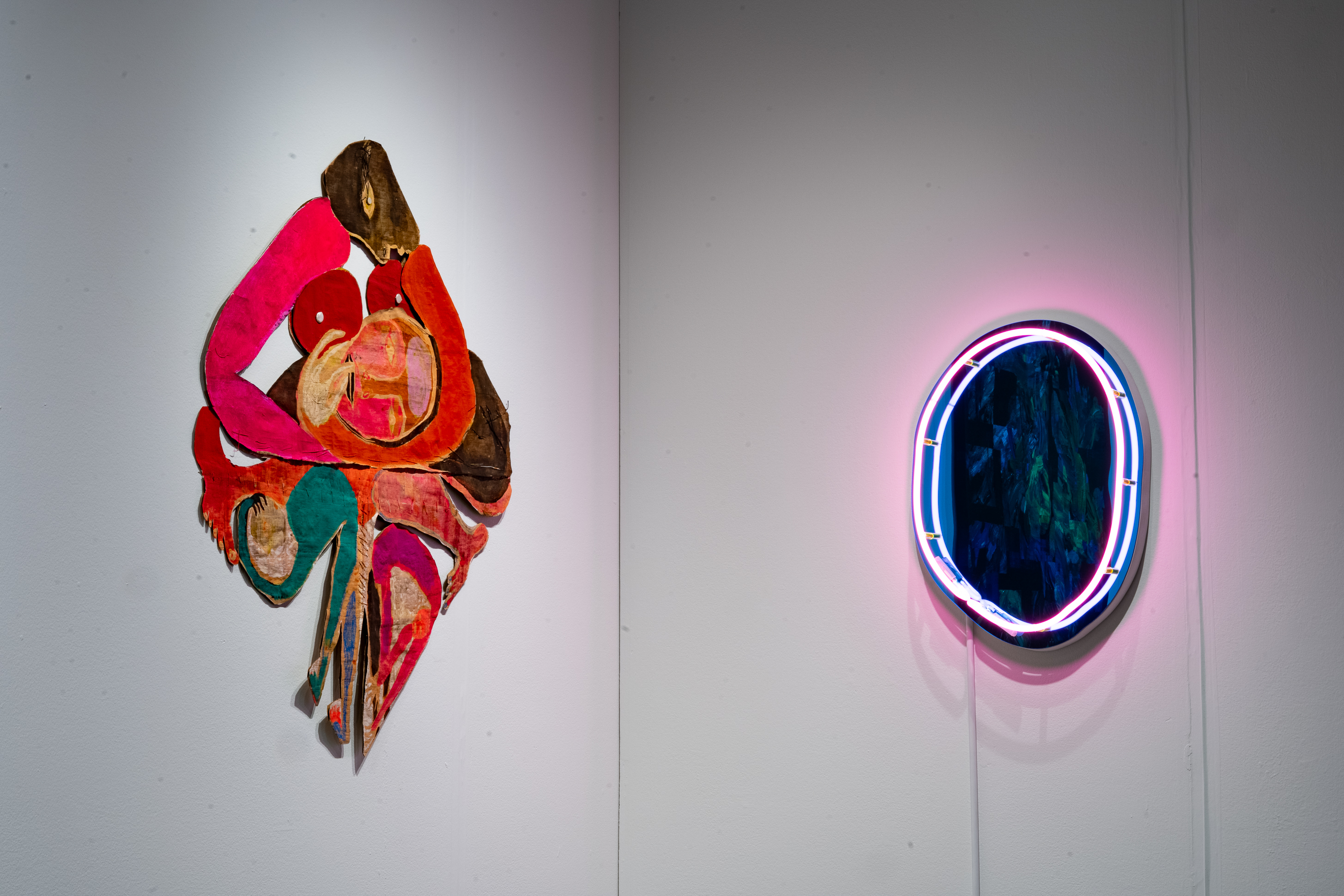
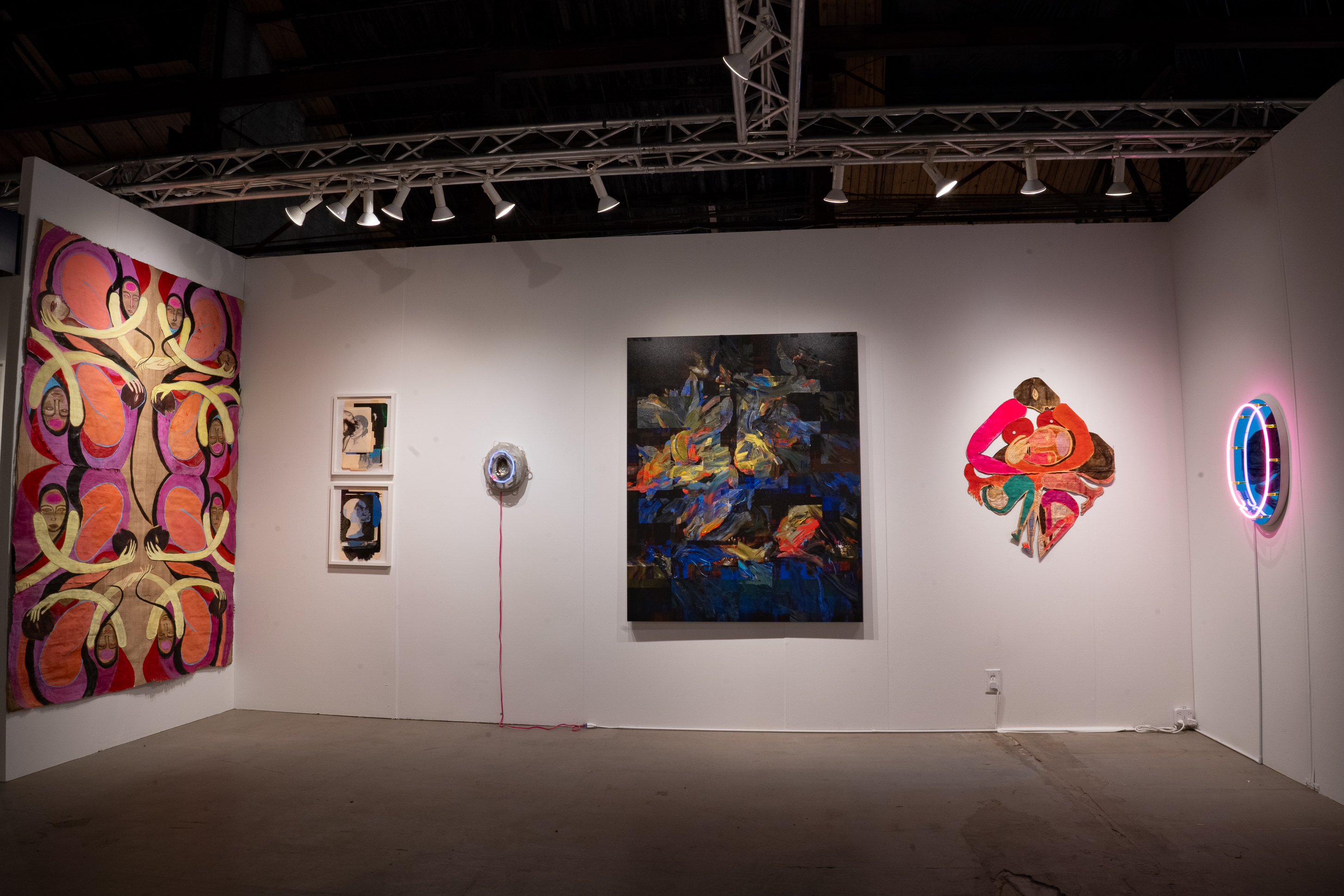
︎︎︎ Full pricelist
︎︎︎ Purchase inquiry
Exhibited Artists:
︎ Tiffany Calvert
![#336, 2019, Oil on inkjet print on canvas, 68 x 55 in, $20,000]()
![#337, 2019, Oil on inkjet print on canvas, 60 x 48 in, $15,500]()
![#443, 2024, Oil on inkjet print on canvas, 38 x 30 in, $11,000]()
![#461, 2025, Oil on inkjet print on canvas, 50 x 40 in, $7,000]()
Tiffany Calvert’s practice connects painting’s history to our current visual culture, which is shaped in often confusing ways by algorithms, artificial intelligence (AI), and blurred boundaries between real and virtual. Calvert uses image generating machine learning models (StyleGAN) trained on Dutch and Flemish still life paintings to create new invented images, which are printed at large scale. Using stencils to protect parts of the printed images, Calvert paints onto them. These masks create hard edges where paint meets reproduction.
The machine learning models generate forms reminiscent of still life, but distorted and unexpected. It was, in fact, a viral mutation which created many of the tulips depicted - a virus which today growers must use AI to eradicate. Like AI itself the images are seductive, but the initial beauty of the paintings is a ruse. Reproduction and painterly abstraction are indistinguishable in some places; the paintings unfold to reveal their mutations.
These blurred boundaries describe both the production and the product of Calvert’s work–even her own gendered position is unstable, since her paintings contrast flower subjects, historically suitable material for women artists, and interventions into the fields of gestural abstraction and digital media, which are both historically coded masculine.
Tulips depicted in paintings, like digital imagery (NFTs) have been subject to use as currency, and particularly ripe for economic manipulation. By recalling flower paintings, Calvert elicits their role as emblems of value speculation, futures trading, and Dutch colonialist trade and power. In turn, her work explores the way that painterly “transgression” and invention are often complicit in the expansion of speculative capitalism. Like the invisible hand of the market, AI in our lives is largely invisible. By collaborating with AI, Calvert investigates how these neural networks shape our decisions by predicting and replicating needs and desires.
Tiffany Calvert’s paintings incorporate diverse technologies, including fresco, 3D modeling, and data manipulation. John Yau, in his Hyperallergic profile, compares their “improvisational riffs and fractured views” to de Kooning. Calvert’s work has been exhibited at the Lawrimore Project (Seattle, WA), E.TAY Gallery (NY), the Speed Museum (Louisville, KY), the Susquehanna Art Museum (PA), and Cadogan Contemporary (London, UK), among others. Residencies include the Djerassi Resident Artists Program, I-Park, and ArtOmi International Arts Center where she received a Geraldine R. Dodge Fellowship. Calvert has received grants from the Great Meadows Foundation and the Pollock-Krasner Foundation. She is Associate Professor and MFA Director at the Sam Fox School of Design + Visual Arts at WashU St. Louis.︎︎︎ Download CV -
︎ Kimia Ferdowsi Kline
![Leave a Light On, 2025, Calligraphy ink and oil pastel on papyrus, 95 x 71 in, $20,000]()
Kimia Ferdowsi Kline earned an M.F.A. at the San Francisco Art Institute and holds a B.F.A. in painting from Washington University in St. Louis, where she was awarded a full-tuition Danforth Scholarship.
She has mounted solo exhibitions at Turn Gallery (New York), Marrow Gallery (San Francisco), The Elaine L. Jacobs Gallery at Wayne State University (Detroit) and 68 Projects (Berlin). Select group shows include Ceysson & Bénétière, The Museum of Contemporary Art Detroit, CANADA Gallery, Vanderbilt University, and The Drawing Center.
In 2015 she was awarded a grant and residency through the New York Foundation for the Arts. In 2018 she was honored to be nominated for a Rema Hort Mann Emerging Artist Grant.
Guest lectures and teaching include Yale University, Vanderbilt University, Tyler School of Art and Architecture, SUNY Purchase, The Fashion Institute of Technology, Brooklyn College, Wayne State University, and Chautauqua Institute.
As a freelance curator, she consults for various private collectors and corporations.︎︎︎ Download CV -
︎ Lovie Olivia
![Recess, 2023, Gypsum plaster, pigment, dye, venetian plaster, latex, acrylic on gypsum board (fresco-secco), 24 x 30 in, $8,000]()
![Leavers, 2023, Gypsum plaster, pigment, dye, venetian plaster, latex, acrylic on gypsum board (fresco-secco) with artist frame, 33 x 55 in, $15,000]()
Born, living and making in Houston Texas creates paintings, collages and sculptures that are an assembly of found and articulated objects. Their work mines the scarce archives of Black, Queer and Womanist experiences and projects possibility through veils, memory, gesture, and speculation. Olivia’s work hangs in numerous private and public collections including Project Row Houses, National Museum of African American History and Culture at the Smithsonian Institute, University of Texas Austin, Houston Intercontinental Airport. She is a recipient of three Individual Artist Awards, which are funded by the City of Houston through the Houston Arts Alliance. She has exhibited at Museum of Fine Arts Houston, Frist Museum Nashville TN, The Phillips Collection, DC, Corridor Gallery, Brooklyn NY, 1969 Gallery Manhattan NY, Clamp Gallery Brooklyn NY, Vanderbilt University, Nashville TN, Contemporary Arts Museum Houston, Houston Museum of African American Culture, Houston TX, Art Pace, The Station Museum, Project Row Houses, TSU University Museum, Houston TX, Arthello Beck Gallery in Dallas TX, and more.
︎︎︎ Download CV -
︎ Esther Ruiz
![Beacon X (Timepiece), 2024, Basswood, white glass, phosphor, mercury, argon, muscovite schist, brown ammonites, geodes, goldstones, pyrite, quartz, seashells, leopard skin jasper, epoxy clay, transformer, polyurethane, 17 x 11.5 x 5 in, $7,500]()
![Well XLI, 2024, Neon, acrylic mirror, MDF, hardware, paint, 24 x 17 x 4 in, $6,500]()
Esther Ruiz (b. Houston) received a Bachelor of Arts degree in Studio Art from Rhodes College in 2011. She has shown nationally and internationally at various galleries with solo exhibitions at The Aldrich Museum Contemporary Art Museum in Ridgefield, Connecticut, Chart Gallery in New York, The Schneider Museum of Art in Ashland, Oregon, Reynolds Gallery in Richmond, Virginia, and Brooklyn Academy of Music. She has also been featured in numerous group exhibitions at galleries including Tripoli Gallery, CHART, Monaco, Sobering Galerie, Deslave Tijuana, LVL3, and the Torrance Art Museum, among others. She has been featured in The Washington Post, Art News Magazine, Art F City and VICE. She has also been a visiting artist at Smack Mellon, Brooklyn, New York, School of Visual Arts, New York, New York, Moore College of Art and Design, Philadelphia, Pennsylvania, and Santa Barbra City College among others. Ruiz currently lives and works in Brooklyn, New York.
︎︎︎ Download CV
Curatorial Statement
While Calvert’s works might present as traditional floral paintings at a glance—they combine generative AI (which the artist feeds a small dataset of Dutch masters' tulip paintings) with a complex process of masking and impasto oil painting, resulting in an uncanny hybrid of the contemporary and the traditional. Kline’s work focuses on social entanglement, her materials matching her primeval themes. Through vibrant sculptural works and paintings on papyrus, wood, bronze, and ink, the artist engages viscerally with notions of embodiment, trauma, displacement, and motherhood. Olivia works in fresco-secco painting and collage, often employing found historical documents and records. Her work traces the movement of/control over Black bodies—specifically Black women’s bodies—simultaneously manifesting queer spaces of autonomy and repose. Ruiz transmutes elemental materials into expertly-fabricated neon light sculptures that are astrological, modernist, and retro-futurist all at once.


Tinney Contemporary is proud to present Hatchback Tetris, a solo exhibition featuring new works by Joey Slaughter. The show runs from Saturday, August 23 through September 27, 2025. The opening reception will be on Saturday, September 13, from 2 to 9 PM.
Joey Slaughter’s wall-mounted works materialize the immaterial, translating ephemeral phenomena into physical form. Constructed from brightly painted, CNC-cut MDF components pieced together in interlocking arrangements, these assemblages oscillate between playful exuberance and meticulous control.
The title of the exhibition correlates to a distinct image—one familiar to all cross-country road-trippers, to art handlers, to minivan-touring-bands, and a slew of other various road dogs with a habit of packing too much cargo into their imminently practical, affordable-yet-stylish, mid-size SUVs.
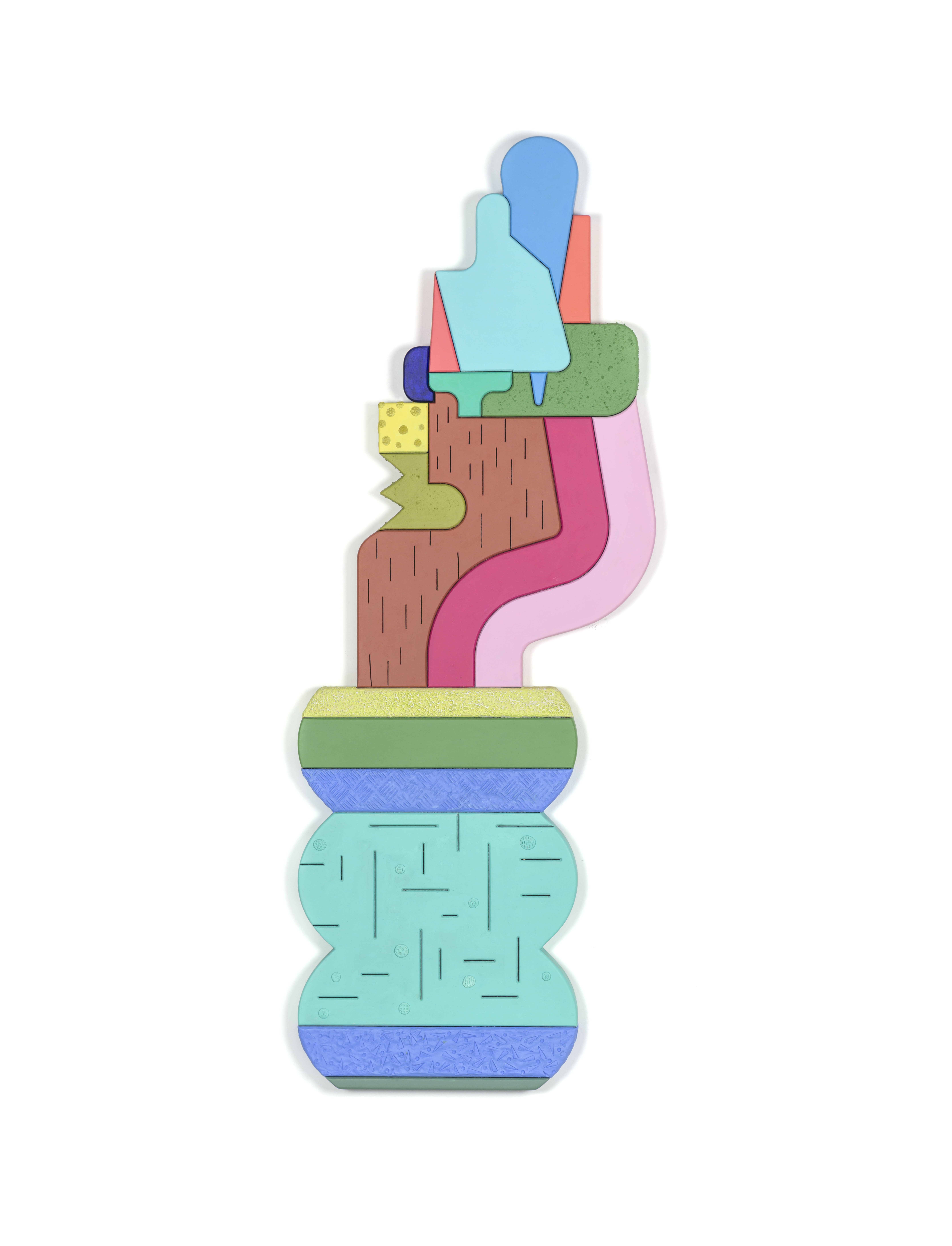
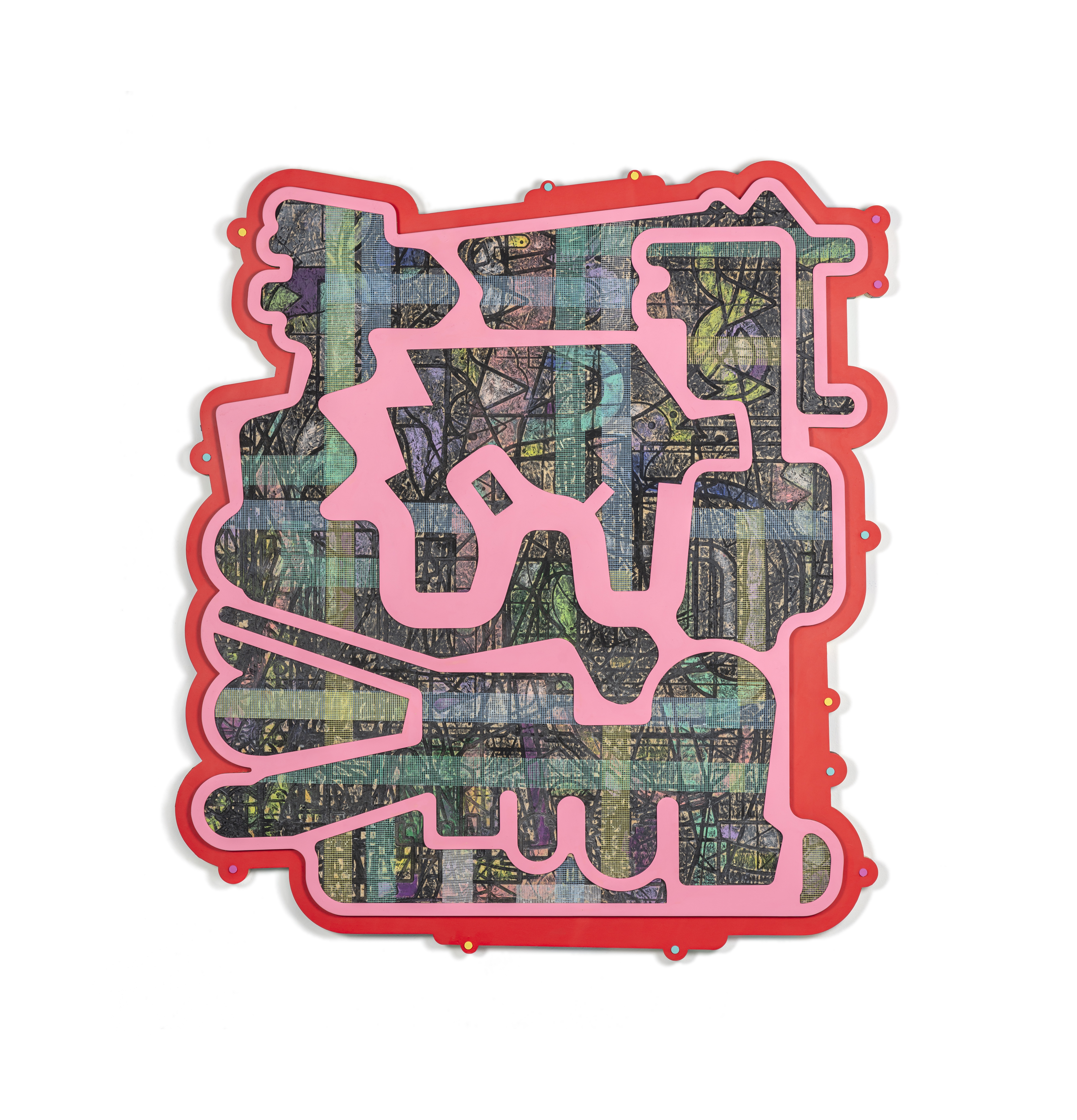



Central to Slaughter’s practice is an inquiry into processes of communication, translation, and transmission—the way information is transformed as it moves across systems. His works operate analogously to a waveform rendering sound visible, or to the synesthetic perception of music as color. In this sense, the works stage a negotiation between perception and materiality, opening up a space where the abstract and the embodied converge.
︎︎︎ Artist cv ︎︎︎ Exhibition list

